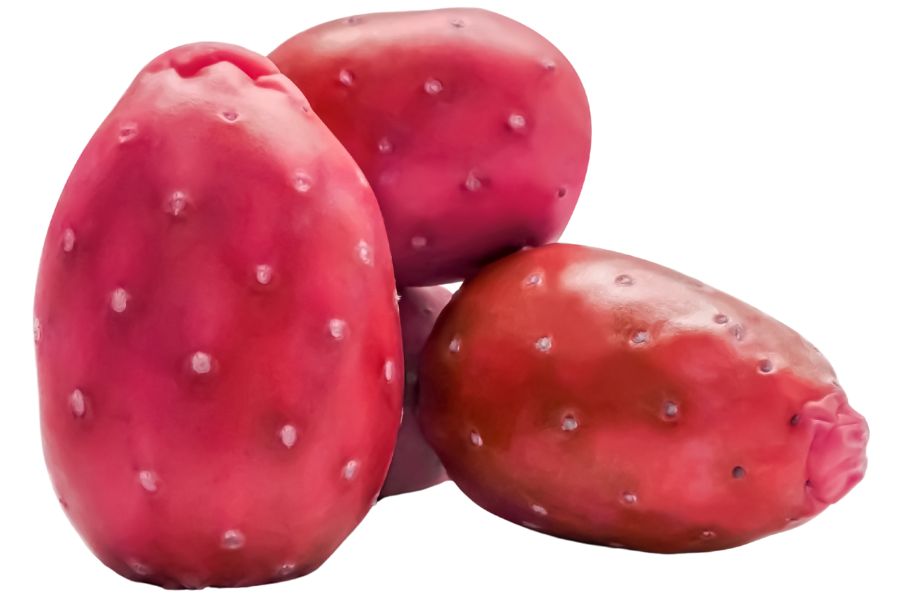There are plenty of edible wild plants hidden in Idaho’s hills, meadows, and forests. Wild strawberry and chokecherry are two of the better-known species, but they’re only a small part of what grows here. People often overlook the edible greens and roots that thrive in the same places.
It’s not all fruit or berries either—some of Idaho’s edible plants grow low to the ground and blend in with the weeds. Curly dock and lambs quarters might look unremarkable, but they’ve long been valued by those who forage. Even the stinging nettle becomes a useful edible once you know how to handle it.
There are far more edible plants in Idaho than most people realize, including a few that grow where you’d least expect. Knowing what to look for can quickly turn an afternoon outside into a basket full of different flavors and ingredients. The deeper you dig into what’s available, the more there is to learn.
What We Cover In This Article:
- The Edible Plants Found in the State
- Toxic Plants That Look Like Edible Plants
- How to Get the Best Results Foraging
- Where to Find Forageables in the State
- Peak Foraging Seasons
- The extensive local experience and understanding of our team
- Input from multiple local foragers and foraging groups
- The accessibility of the various locations
- Safety and potential hazards when collecting
- Private and public locations
- A desire to include locations for both experienced foragers and those who are just starting out
Using these weights we think we’ve put together the best list out there for just about any forager to be successful!
A Quick Reminder
Before we get into the specifics about where and how to find these plants and mushrooms, we want to be clear that before ingesting any wild plant or mushroom, it should be identified with 100% certainty as edible by someone qualified and experienced in mushroom and plant identification, such as a professional mycologist or an expert forager. Misidentification can lead to serious illness or death.
All plants and mushrooms have the potential to cause severe adverse reactions in certain individuals, even death. If you are consuming wild foragables, it is crucial to cook them thoroughly and properly and only eat a small portion to test for personal tolerance. Some people may have allergies or sensitivities to specific mushrooms and plants, even if they are considered safe for others.
The information provided in this article is for general informational and educational purposes only. Foraging involves inherent risks.
The Edible Plants Found in the State
Wild plants found across the state can add fresh, seasonal ingredients to your meals:
Plains Pricklypear Cactus (Opuntia polyacantha)
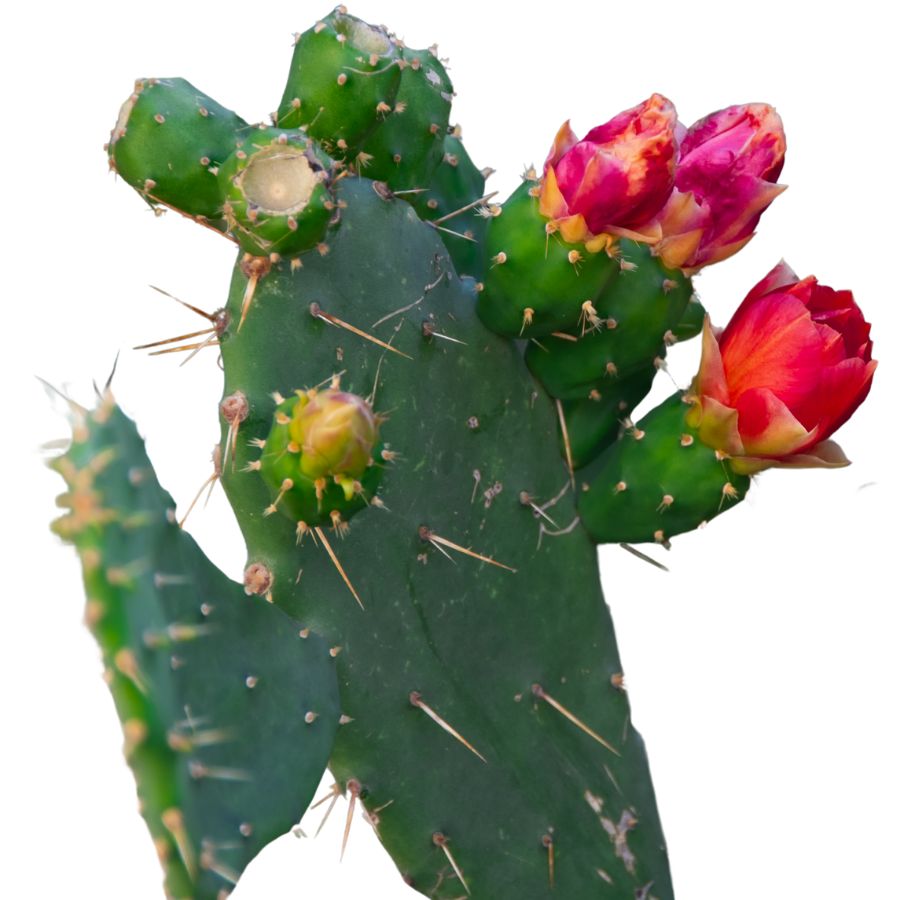
You’ll find the plains pricklypear cactus growing in open, arid terrain, its sprawling pads covered in sharp spines and tiny hair-like glochids. The fruit, which ripens into a deep reddish or purple hue, is edible once you peel off the outer layer and remove any remaining glochids.
The pulp inside is sweet and slightly tangy, though the seeds are hard and usually swallowed whole or spat out. People use the fruit to make jelly, syrup, or juice once it’s been properly cleaned.
The pads are also edible if harvested young, skinned carefully, and cooked; they have a vegetal flavor and a slippery texture when sautéed or boiled. Nopales are often used in soups or grilled whole with a squeeze of lime.
Be careful not to confuse this with less palatable cacti, like the twisted-spine cactus, which has a different pad structure and unpleasant bitterness. Always wear gloves and use a knife or flame to get rid of the glochids before handling or eating any part.
Chokecherry (Prunus virginiana)
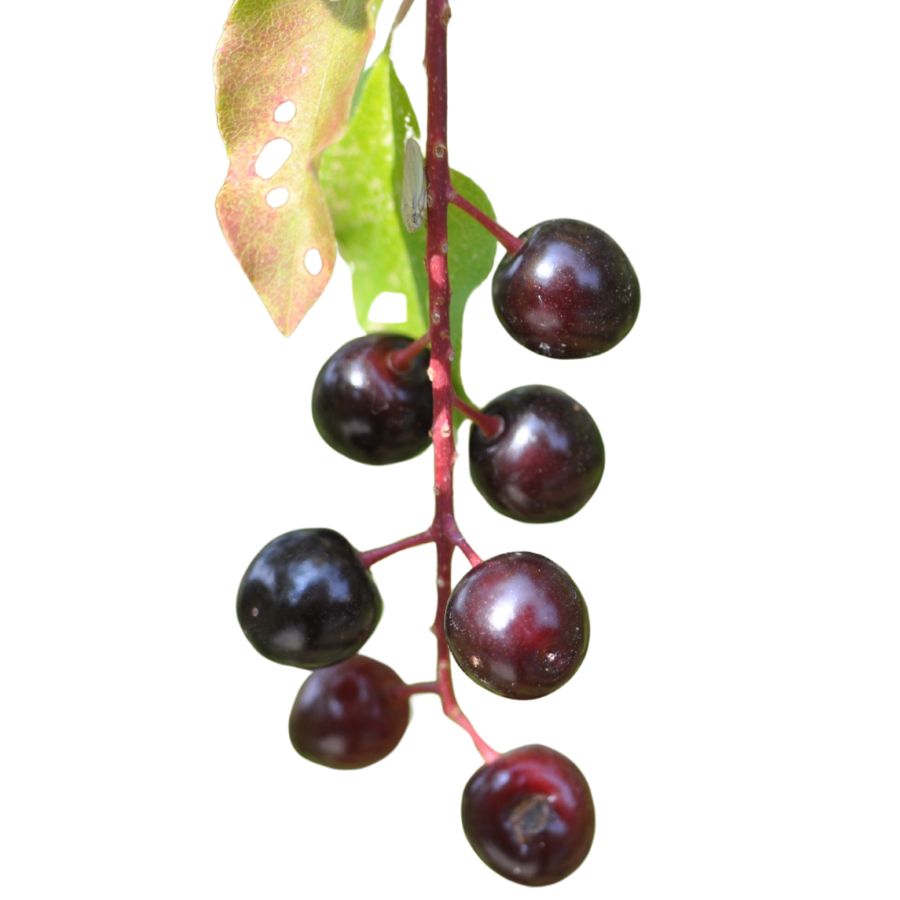
Clusters of dark berries hanging from a woody shrub usually indicate chokecherries, especially when the leaves are oval with finely toothed edges. These berries turn from red to deep purple or black when they’re ready to eat.
Chokecherries are rarely eaten raw due to their bitterness, but they shine in cooked recipes like preserves, sauces, or even homemade wine. Boiling the fruit and straining it helps separate the pulp from the inedible seeds.
It’s easy to mix up chokecherries with other wild cherries, but true chokecherries have longer, narrower leaves and a more astringent taste. Avoid anything with rounder, solitary berries or a sweet scent without the signature tartness.
Their texture is slightly gritty around the pit, and the flavor improves significantly with sugar and heat. A strong astringent quality dominates the raw berry, but the processed pulp becomes rich and deeply flavored.
Black Huckleberry (Vaccinium membranaceum)
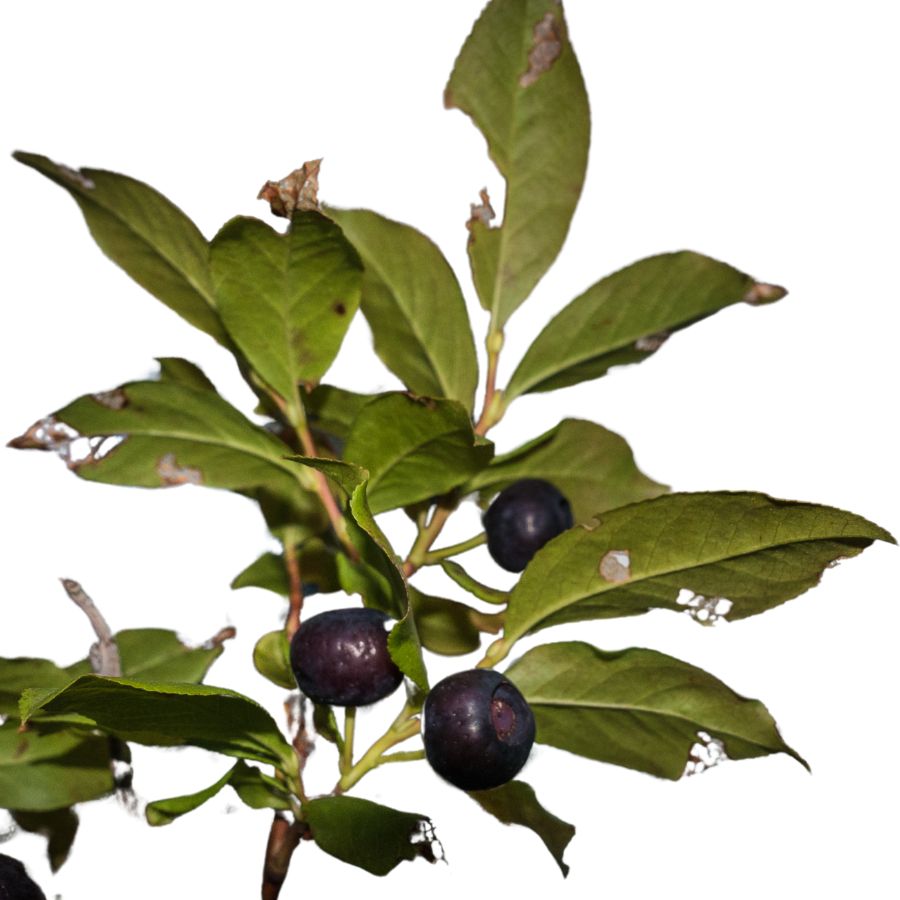
Black huckleberries, also called mountain huckleberries or thinleaf huckleberries, grow on woody shrubs with oval green leaves and slender reddish branches. The berries are dark and powdery-looking, about the size of a pea, and grow individually rather than in clusters.
Don’t mistake them for crowberries, which have a similar color but are shinier and grow on low, evergreen mats with needle-like leaves. Crowberries also lack the pleasant, tangy sweetness that black huckleberries are prized for.
You can snack on them raw, stir them into pancake batter, or preserve them as fruit leather or jelly. The skin is tender but firm enough to hold up well in baking.
Stick to the fruit—nothing else on the plant is eaten. The taste is one of the main reasons people seek them out, especially when compared to milder wild berries.
Thimbleberry (Rubus parviflorus)
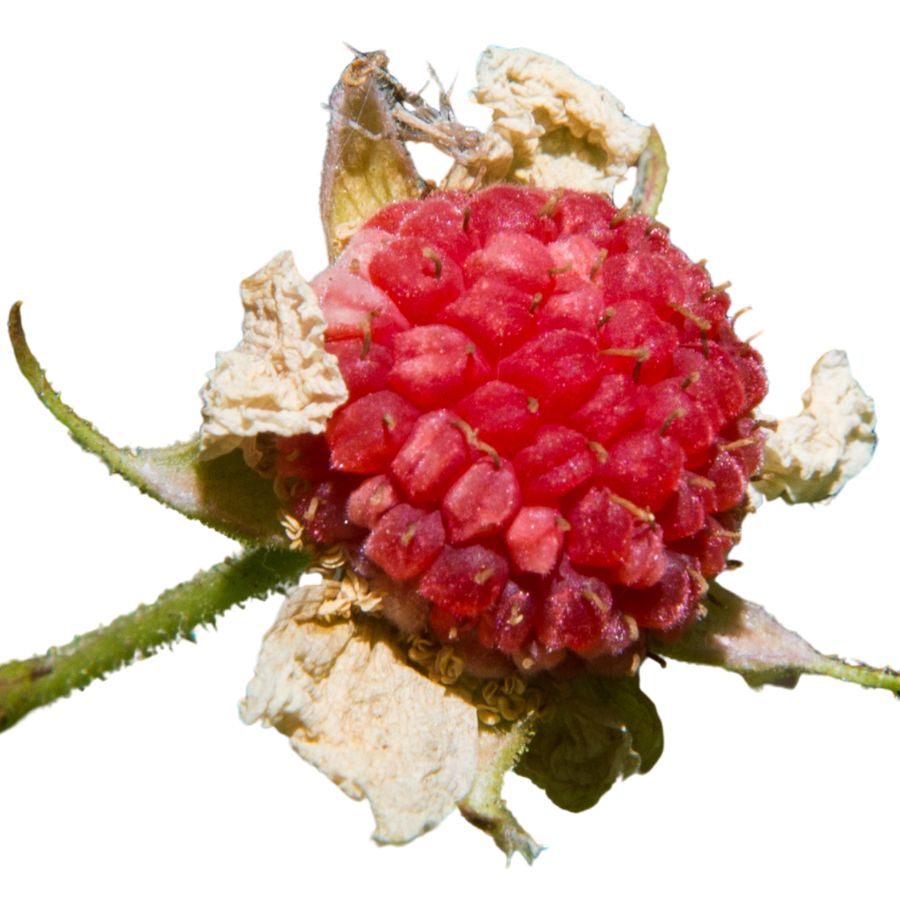
Thimbleberry is a native shrub that produces bright red, hollow berries with a seedy, melt-in-your-mouth texture. You can eat them raw, but they’re often used in jams and desserts because they fall apart easily.
The leaves are soft and wide with five deep lobes, unlike the more jagged or compound leaves of black raspberry or blackberry. Be cautious of misidentifying it with red raspberry, which has thorny stems and smaller, firmer fruit.
There’s no commercial thimbleberry farming because the fruit is too fragile to ship.
Thimbleberry has no thorns, which makes harvesting less painful compared to other berries in the same family. The plant’s white, five-petaled flowers are another clue you’ve found the right thing.
Don’t eat the leaves or stems; they aren’t toxic, but they’re not used for food.
Horseradish (Armoracia rusticana)
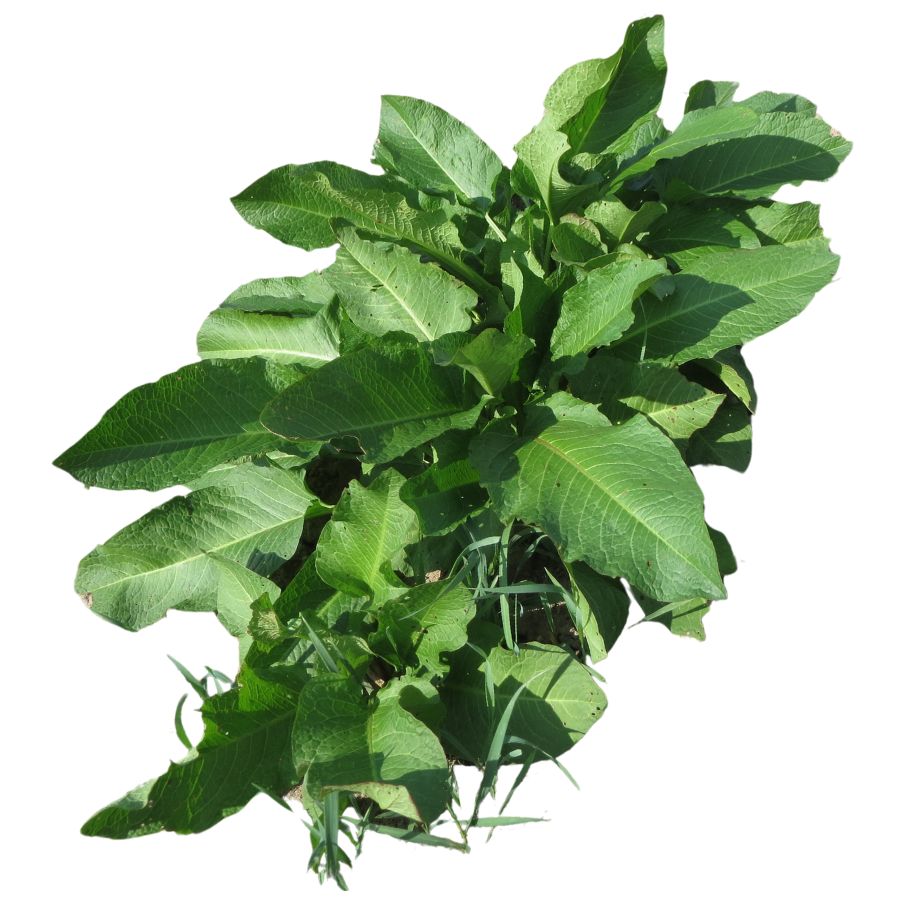
With its jagged green leaves and deep taproot, horseradish has one of the strongest-flavored edible roots you’ll come across. The root delivers a punch of heat that’s more nasal than tongue-based, unlike chili peppers.
Some confuse its leaves with wild burdock or dock, but horseradish gives off a sharp scent when snapped or scratched that those plants lack. The leaves are large and veined, but they’re not the main attraction.
Grated horseradish is typically pickled or added to sauces like cocktail sauce or horseradish cream for beef dishes. Left raw, it loses potency quickly unless combined with vinegar.
Don’t eat the flowers or stem—they’re technically not harmful, but they offer no flavor and aren’t used in cooking. The root, when properly handled, becomes a powerful ingredient with a crisp texture and eye-watering bite.
Wild Strawberry (Fragaria virginiana)
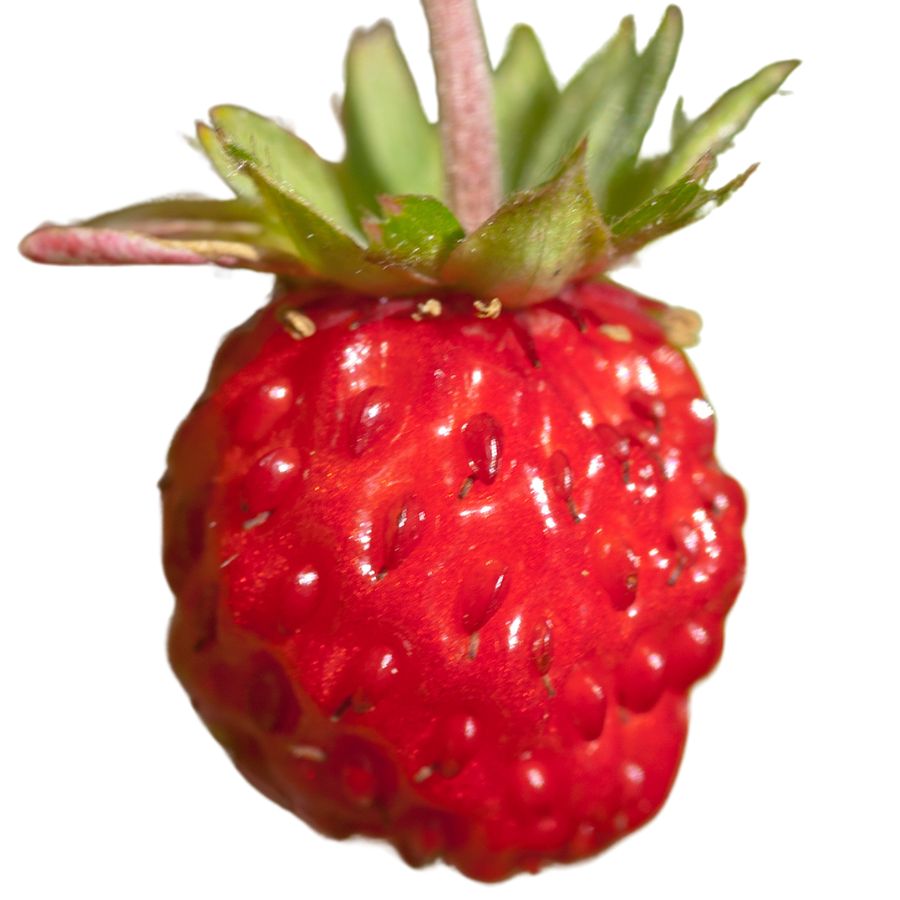
Wild strawberry, sometimes called Virginia strawberry or mountain strawberry, grows low to the ground with three-part leaves that have jagged edges. The small white flowers with yellow centers eventually give way to tiny, bright red fruits nestled close to the soil.
The fruits are sweet with a burst of tartness, and their texture is much softer than the large cultivated strawberries you find in stores. You can eat them raw, mix them into jams, or bake them into pies for a rich, fruity flavor.
Wild strawberry can sometimes be confused with mock strawberry, which has similar leaves but produces dry, flavorless fruits and yellow flowers instead of white. Always check the flower color and taste a small piece before collecting more.
Only the berries and the tender young leaves of wild strawberry are edible, with the leaves often brewed into teas. Be careful not to overharvest because these plants grow slowly and support plenty of small wildlife.
Red Raspberry (Rubus idaeus)
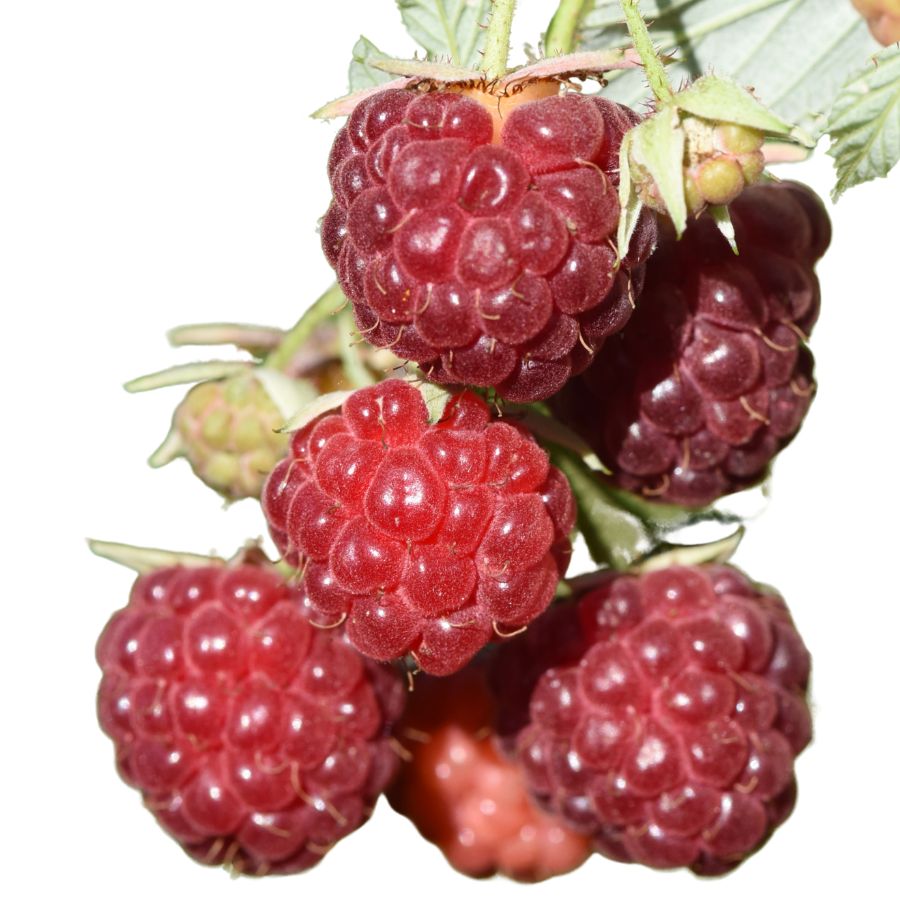
The red raspberry, also called wild raspberry or bramble raspberry, grows on prickly, arching canes with compound leaves and clusters of red drupelets. You’ll usually find them forming loose thickets, with berries that pull away cleanly from the core when ripe.
The fruit is sweet-tart and juicy with a soft, seedy texture, often used in jams, jellies, or baked into pies. Leaves and stems aren’t edible and shouldn’t be consumed.
While it looks a lot like wineberry or thimbleberry, red raspberry’s hollow core and matte, soft drupelets help separate it from those. Wineberries, in particular, have a shiny, sticky coating and red bristles on their stems.
Unwashed berries can sometimes host small insects or eggs, so rinse them thoroughly before eating or preserving. The fruit can also be frozen or dried for later use, though fresh is when it’s most flavorful.
Nodding Onion (Allium cernuum)
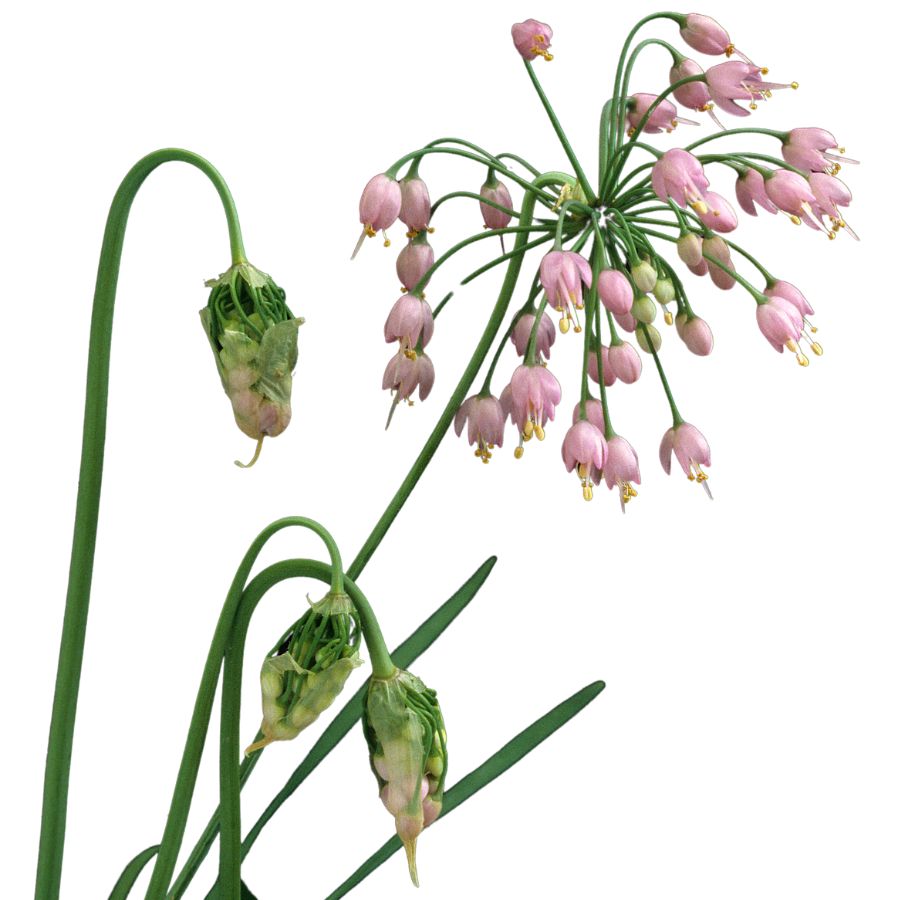
When you come across nodding onions, you’ll notice the drooping flower heads perched on tall, slender stalks. The narrow, grass-like leaves and the pinkish-white blossoms help distinguish them from toxic lookalikes like death camas, which lacks the onion smell when crushed.
You can eat the leaves, bulbs, and flowers, all of which carry a strong onion flavor with a slightly sweet finish. The texture is crisp when raw and softens nicely when sautéed or added to soups.
One popular way to use nodding onions is to mince the greens into spreads or salads, or grill the bulbs whole like scallions. Pickling the flower buds is another method that preserves their tang and adds punch to charcuterie boards.
Avoid harvesting from roadsides or polluted areas, since these plants can absorb contaminants through their roots. While edible, the plant loses flavor quickly after picking, so it’s best to use it fresh whenever possible.
Lamb’s Quarters (Chenopodium album)
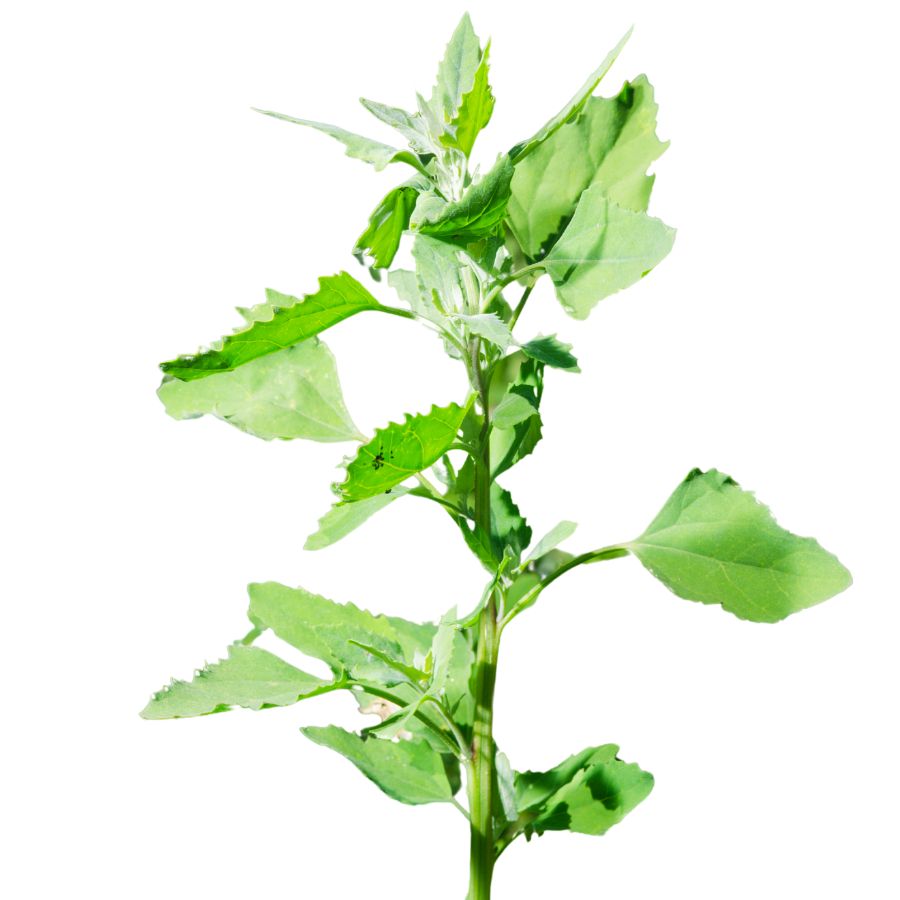
Lamb’s quarters, also called wild spinach and pigweed, has soft green leaves that often look dusted with a white, powdery coating. The leaves are shaped a little like goose feet, with slightly jagged edges and a smooth underside that feels almost velvety when you touch it.
A few plants can be confused with lamb’s quarters, like some types of nightshade, but true lamb’s quarters never have berries and its leaves are usually coated in that distinctive white bloom. Always check that the stems are grooved and not round and smooth like the poisonous lookalikes.
When you taste lamb’s quarters, you will notice it has a mild, slightly nutty flavor that gets richer when cooked. The young leaves, tender stems, and even the seeds are all edible, but you should avoid eating the older stems because they become tough and stringy.
People often sauté lamb’s quarters like spinach, blend it into smoothies, or dry the leaves for later use in soups and stews. It is also rich in oxalates, so you will want to cook it before eating large amounts to avoid any problems.
Stinging Nettle (Urtica dioica)
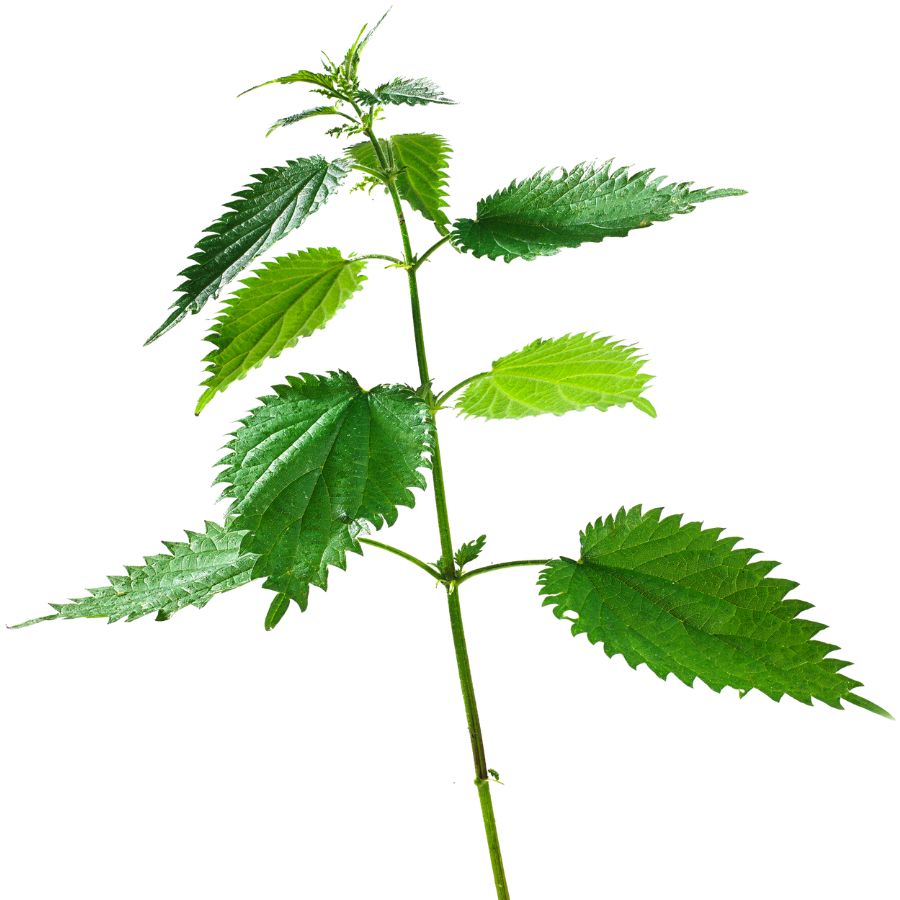
Stinging nettle is also known as burn weed or devil leaf, and it definitely earns those names. The tiny hairs on its leaves and stems can leave a painful, tingling rash if you brush against it raw, so always wear gloves when handling it.
Once it’s cooked or dried, those stingers lose their punch, and the leaves turn mild and slightly earthy in flavor. The texture softens too, making it a solid substitute for spinach in soups, pastas, or even as a simple sauté.
The young leaves and tender tops are what you want to collect. Avoid the tough lower stems and older leaves, which can be gritty or unpleasant to chew.
Some people confuse stinging nettle with purple deadnettle or henbit, but those don’t sting and have more rounded, fuzzy leaves. If the plant doesn’t make your skin react, it’s not stinging nettle.
Dandelion (Taraxacum officinale)
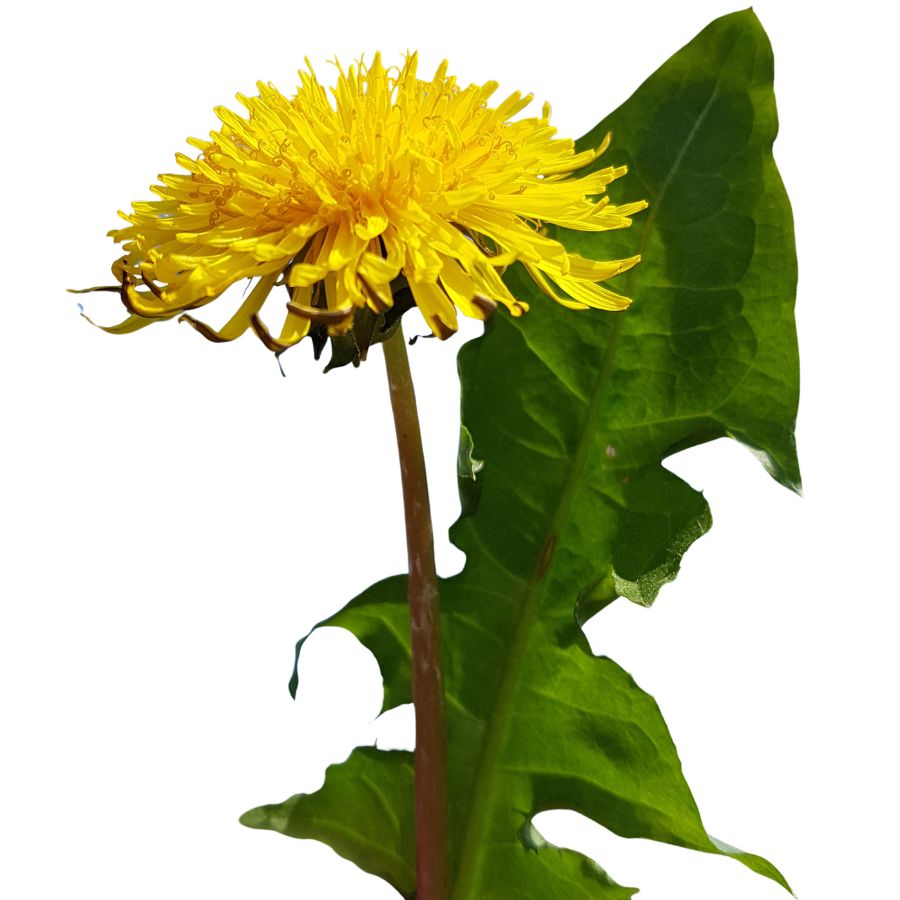
Bright yellow flowers and jagged, deeply toothed leaves make dandelions easy to spot in open fields, lawns, and roadsides. You might also hear them called lion’s tooth, blowball, or puffball once the flowers turn into round, white seed heads.
Every part of the dandelion is edible, but you will want to avoid harvesting from places treated with pesticides or roadside areas with heavy car traffic. Besides being a food source, dandelions have been used traditionally for simple herbal remedies and natural dye projects.
Young dandelion leaves have a slightly bitter, peppery flavor that works well in salads or sautés, and the flowers can be fried into fritters or brewed into tea. Some people even roast the roots to make a coffee substitute with a rich, earthy taste.
One thing to watch out for is cat’s ear, a common lookalike with hairy leaves and branching flower stems instead of a single, hollow one. To make sure you have a true dandelion, check for a smooth, hairless stem that oozes a milky sap when broken.
Curly Dock (Rumex crispus)
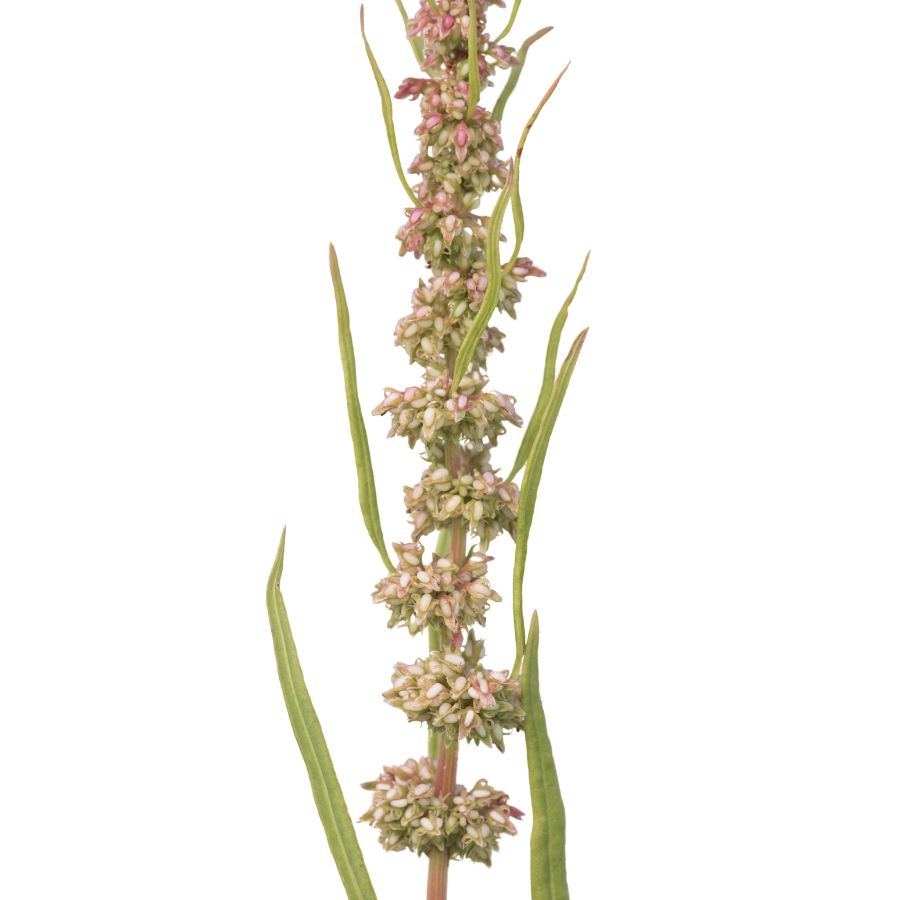
Curly dock, sometimes called yellow dock, is easy to spot once you know what to look for. It has long, wavy-edged leaves that form a rosette at the base, with tall stalks that eventually turn rusty brown as seeds mature.
The young leaves are edible and often cooked to mellow out their sharp, lemony taste, which can be too strong when eaten raw. You can also dry and powder the seeds to use as a flour supplement, although they are tiny and take some effort to prepare.
Curly dock has some lookalikes, like other types of dock and sorrel, but its heavily crinkled leaf edges and thick taproot help it stand out. Be careful not to confuse it with plants like wild rhubarb, which can have toxic parts if misidentified.
Besides being edible, curly dock has a history of being used in homemade remedies for skin irritation. The roots are not eaten raw because they are tough and contain compounds that can upset your stomach if you are not careful.
Fireweed (Chamerion angustifolium)
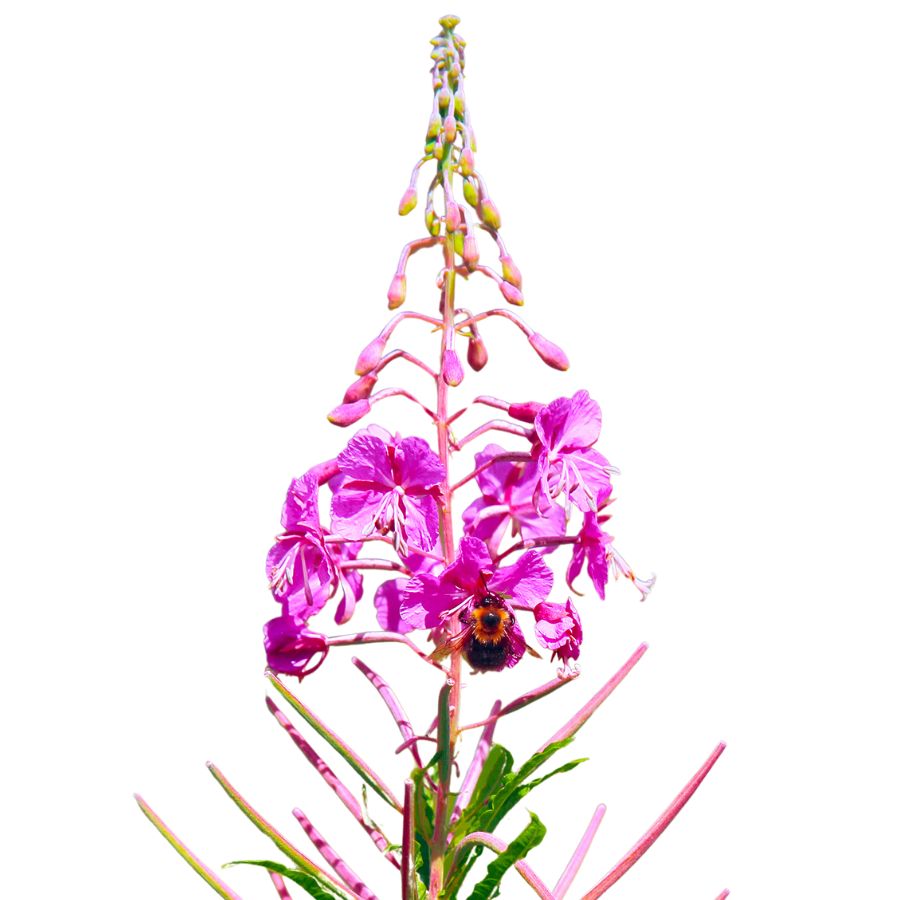
Fireweed produces a spike of bright fuchsia flowers and grows in tall, narrow stands with alternating leaves that taper to a point. The stem often has a reddish hue and a soft fuzz that runs along its surface.
The inner pith of mature stalks is edible and has a faintly sweet flavor, especially when eaten raw. Early shoots can be treated like asparagus—grilled, steamed, or added to stir-fries.
While the plant is generally safe, be cautious not to gather it near roadsides or areas that have been sprayed, as the plant readily colonizes disturbed ground. Fireweed does have a few lookalikes, but most lack the flower’s distinct four-petal shape and central tufted stigma.
The blossoms are sometimes added raw to fruit dishes or frozen into ice cubes for color, and the leaves can be dried and used as a tea substitute. Stick to the younger parts if you want the best texture and flavor.
Licorice Fern (Polypodium glycyrrhiza)
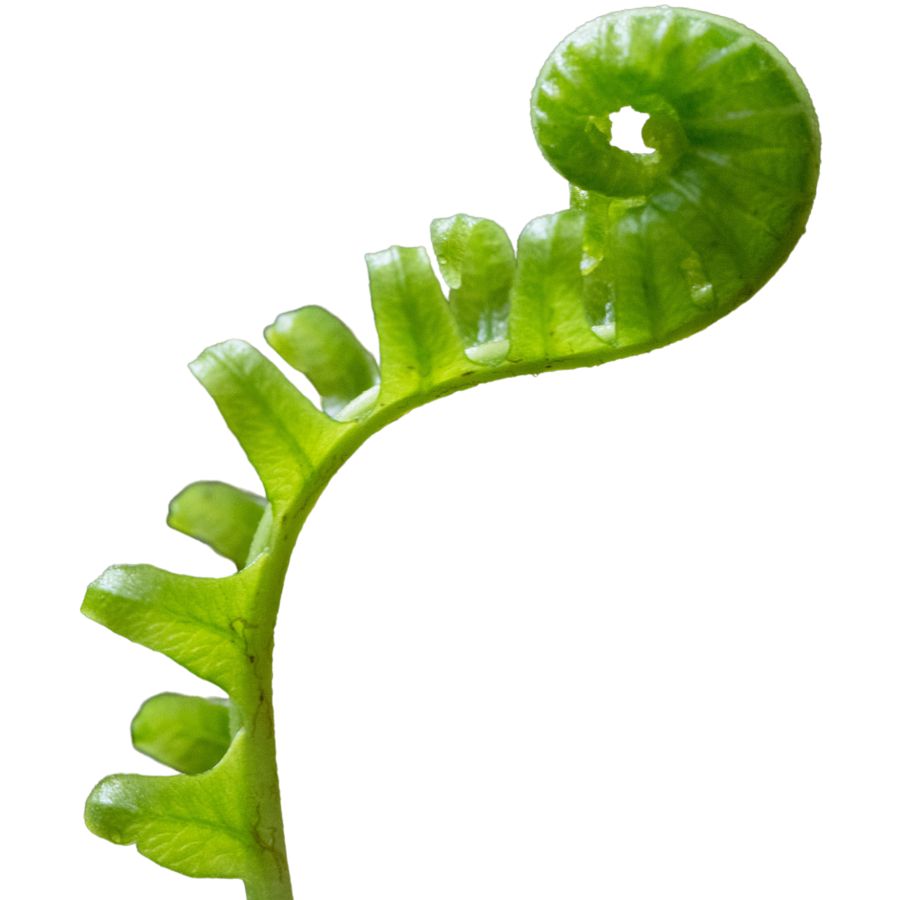
The edible part of licorice fern is the rhizome, which runs horizontally just beneath the surface of mossy logs or shaded rocks. It’s slender, brown-skinned, and tastes mildly sweet with a fibrous chew, like a blend of licorice root and fresh carrot.
Despite the sweet taste, it’s not a sugary snack; the sweetness fades quickly, and the tough texture means it’s better as a chew or infused in teas. Some people confuse it with sword fern rhizomes, but sword fern lacks the licorice scent and has a harsher, woody flavor.
Its leaves are light green and pinnate, forming a single row on each side of the central stem, with a slightly leathery surface. The fronds grow directly from the creeping rhizome and tend to hug moist forest substrates like tree trunks or rocks.
Don’t eat the fronds. Only the underground stem is edible, and it should be peeled before use. It’s sometimes dried and used in small amounts to flavor broths or herbal drinks, though its main value is as a fresh trail-side chew.
Wild Parsnip (Pastinaca sativa)
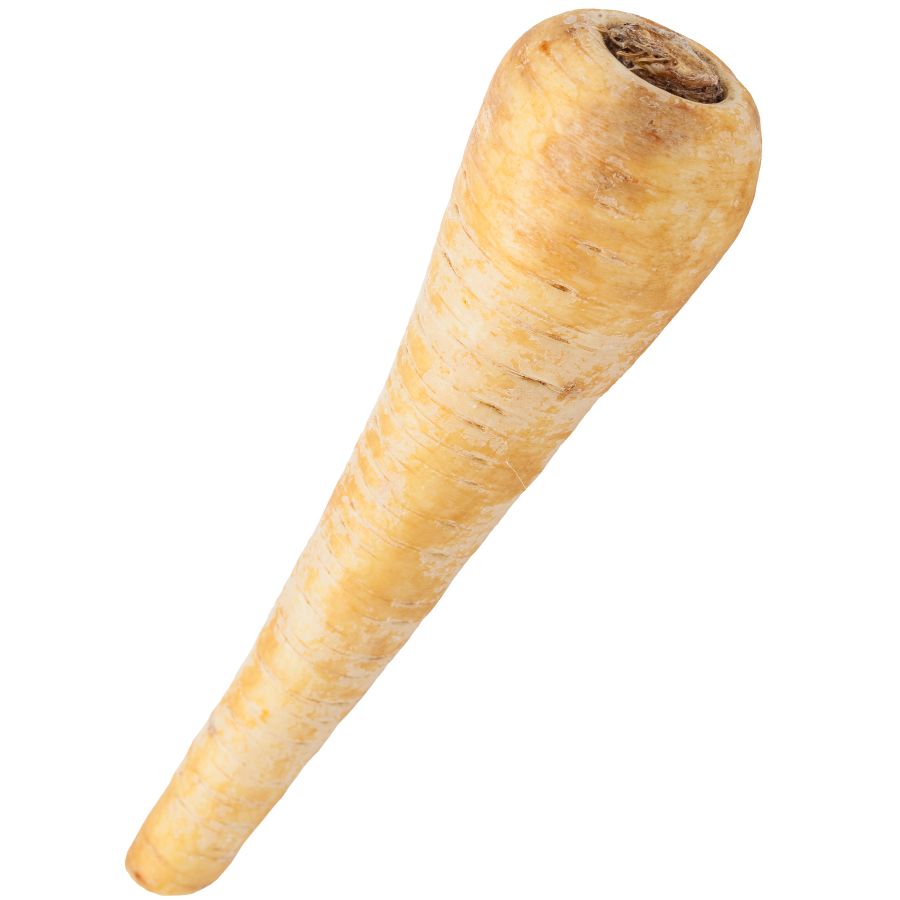
Wild parsnip has deeply grooved stems, yellow flower clusters, and fern-like leaves that resemble those of celery or carrot. Its root is the only edible part and looks similar to a white carrot with a rougher outer skin.
The flavor is sweet and slightly peppery after roasting, especially when caramelized. If boiled or mashed, the texture becomes creamy and smooth, like cooked turnip.
Make sure not to confuse it with water hemlock. Hemlock’s roots are branched and have a foul smell, while wild parsnip’s root is single and smells like a vegetable. Touching the sap can cause blistering, so wear gloves when harvesting or handling the leaves.
People usually peel and cook the root, sometimes adding it to soups, hash, or root vegetable medleys. The rest of the plant isn’t edible and should be handled with care.
Camas (Camassia quamash)
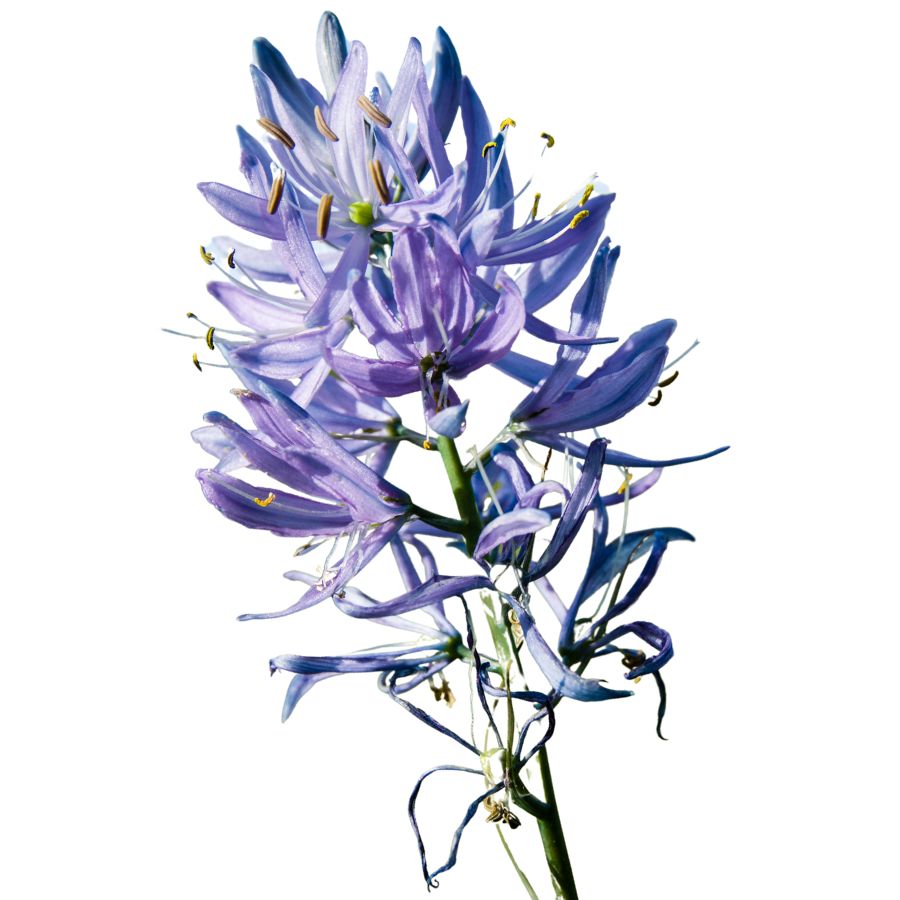
You can eat the bulbs of camas once they’ve been slow-roasted, which turns them sweet and slightly sticky. The taste is rich and earthy, a bit like a cross between a caramelized onion and a sweet potato.
The plant grows a stalk of bright blue flowers with pointed petals, and it has long, narrow leaves like grass. Don’t confuse it with death camas, which looks similar but has pale or yellowish flowers and will make you sick.
The bulb is the only part worth harvesting—everything above ground should be left behind. It takes time to cook them properly, but the result is worth the wait.
You can also dry the bulbs after cooking and store them for months, then grind them into a flour or rehydrate them later. The biggest danger comes from misidentification, so always confirm the bloom color.
Arrowleaf Balsamroot (Balsamorhiza sagittata)
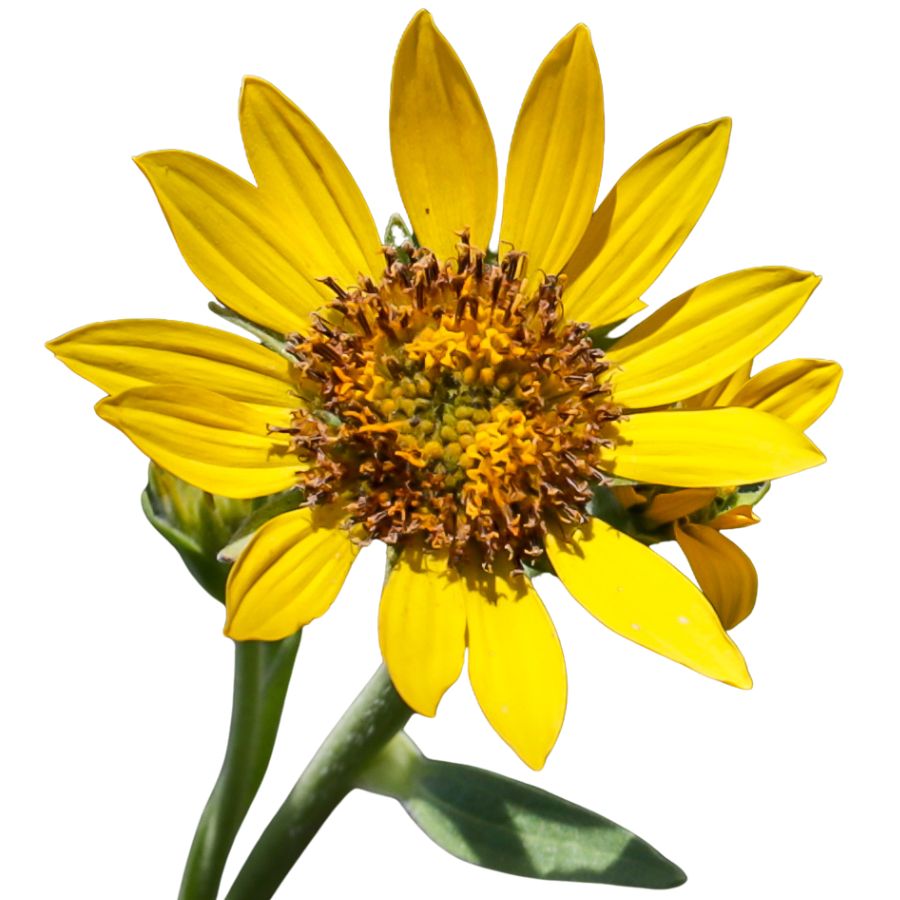
If you break open the root of arrowleaf balsamroot, the strong, piney smell is the first thing you’ll notice. That scent alone is a good way to tell it apart from lookalikes like mule’s ears, which lack the resinous aroma and have smoother leaves.
The root, leaves, and seeds of the of arrowleaf balsamroot are all edible, though the root is usually cooked to mellow its sharp, medicinal flavor. The young leaves are better raw than older ones, which get tough and bitter.
Its flower resembles a small sunflower, with bright yellow rays and a center that matures into edible seeds. The thick leaves grow low to the ground and are covered in fine hairs that give them a soft texture.
You can roast or steam the root, or even dry it and grind it down for flour in a pinch. The flavor isn’t for everyone, but when prepared right, it adds an earthy depth to stews and soups.
Sunflower (Helianthus annuus)
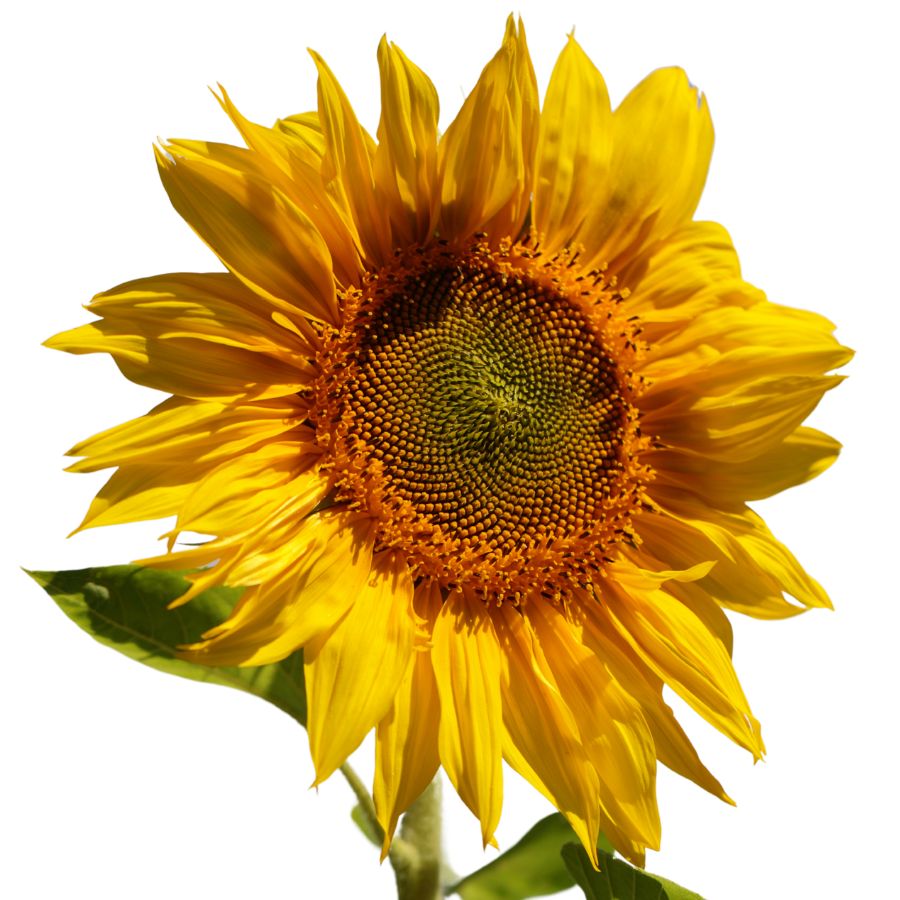
Sunflowers have a thick, rough stem and large, broad leaves with a slightly sandpapery texture. The huge circular flower head is made up of bright yellow petals surrounding a dark center packed with seeds.
The seeds inside the flower head are edible once they mature, and you can eat them raw, roasted, or ground into meal. The young flower buds are also edible and can be steamed or sautéed like an artichoke.
When gathering sunflower seeds, make sure not to confuse the plant with certain types of wild composites that have smaller flowers and thin, spindly stalks. True sunflowers always have a thick, sturdy stem and a flower head that can be as wide as a dinner plate.
Sunflower seeds have a mild, nutty flavor and a tender crunch when fresh. You can also press the seeds for oil or sprout them for a nutritious snack.
Purslane (Portulaca oleracea)
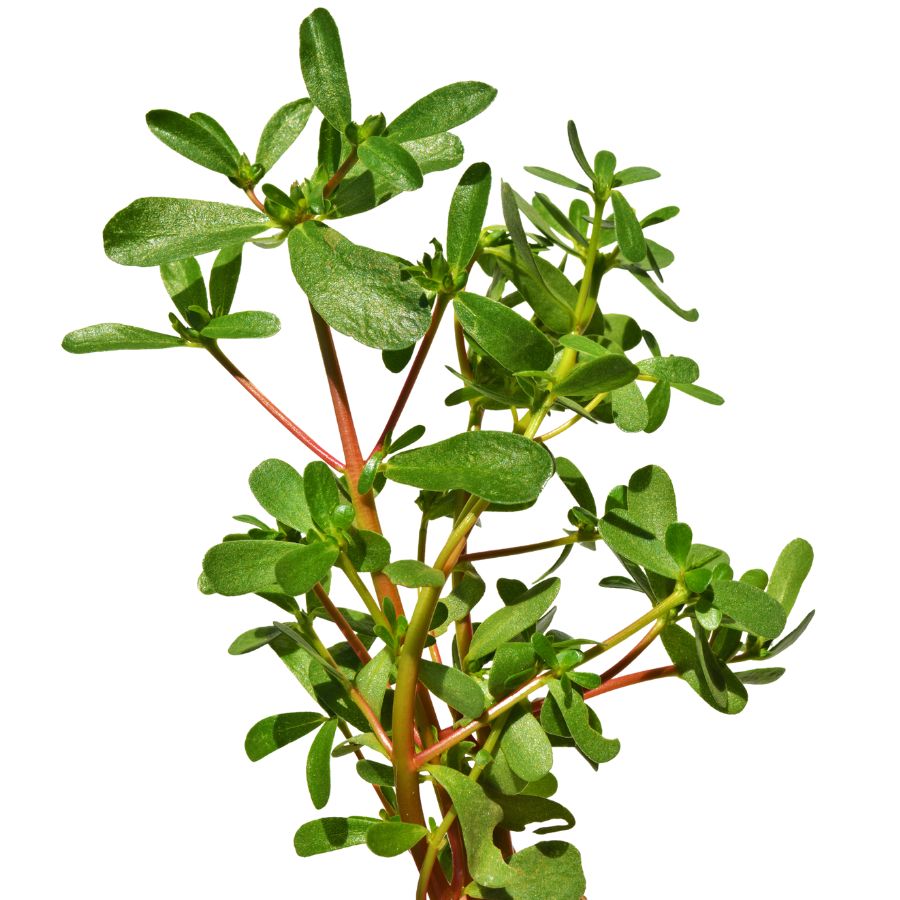
Purslane is a hardy, low-growing plant that’s also sometimes known as little hogweed or verdolaga. It has smooth, reddish stems and thick, paddle-shaped leaves that feel a bit waxy when you touch them.
The stems, leaves, and tiny yellow flowers are all edible, while the roots are not typically eaten. Purslane has a crisp texture with a slightly tart, lemony flavor that works well raw or cooked.
Some plants that look similar include spurge, which has a milky sap and is not edible, so it is important to check for purslane’s smooth, succulent stems and lack of sap. Always double-check by gently snapping a stem to make sure no white liquid appears.
You can toss fresh purslane into salads, sauté it lightly like spinach, or pickle it for later use. Its mild tartness and slight crunch make it a refreshing addition to sandwiches, soups, and even stir-fries.
Wild Mint (Mentha arvensis)

You’re probably familiar with the strong scent of wild mint, which comes from the essential oils concentrated in its leaves. It has square stems, lance-shaped leaves with slightly toothed edges, and pale lilac flower clusters.
The fresh leaves can be eaten raw, cooked into soups, or muddled into drinks for a crisp flavor. Expect a bright, menthol-like kick with a hint of sweetness.
False mint species like purple deadnettle grow in similar spots but lack the menthol smell and have fuzzy leaves. If the plant doesn’t smell like mint, it probably isn’t.
Stick to the leaves and younger stems for eating because the woody stalks aren’t palatable. Wild mint also holds up well when dried and stored for tea or seasoning.
Toxic Plants That Look Like Edible Plants
There are plenty of wild edibles to choose from, but some toxic native plants closely resemble them. Mistaking the wrong one can lead to severe illness or even death, so it’s important to know exactly what you’re picking.
Poison Hemlock (Conium maculatum)
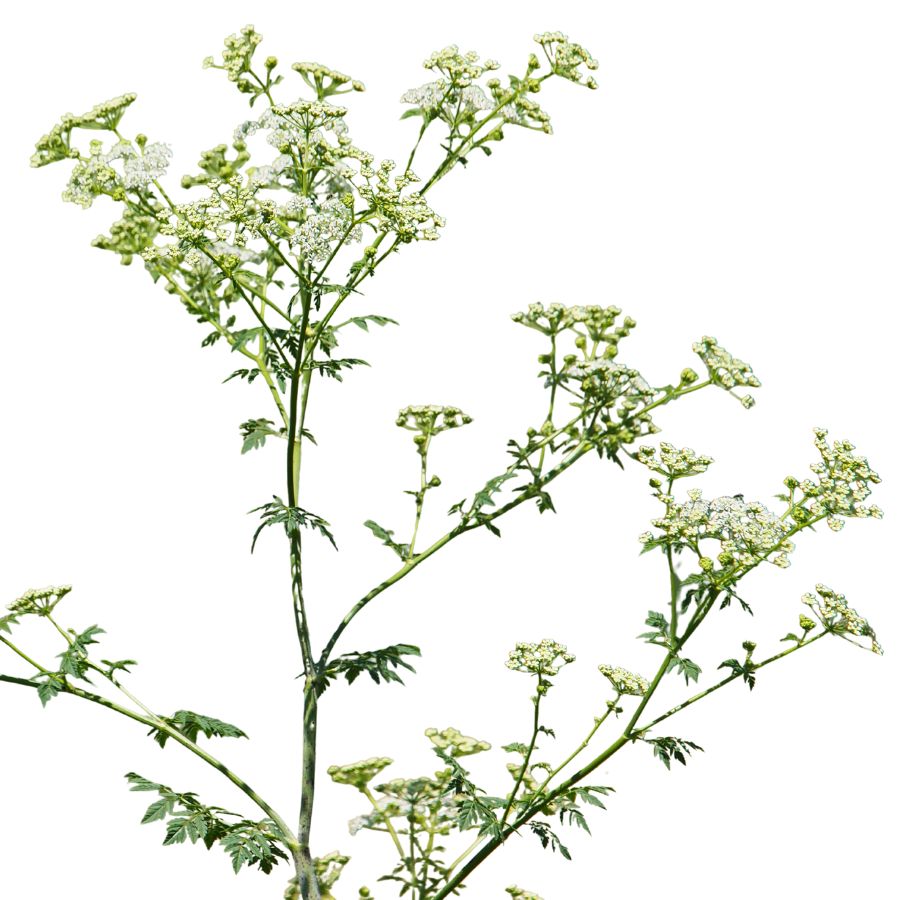
Often mistaken for: Wild carrot (Daucus carota)
Poison hemlock is a tall plant with lacy leaves and umbrella-like clusters of tiny white flowers. It has smooth, hollow stems with purple blotches and grows in sunny places like roadsides, meadows, and stream banks.
Unlike wild carrot, which has hairy stems and a dark central floret, poison hemlock has a musty odor and no flower center spot. It’s extremely toxic; just a small amount can be fatal, and even touching the sap can irritate the skin.
Water Hemlock (Cicuta spp.)
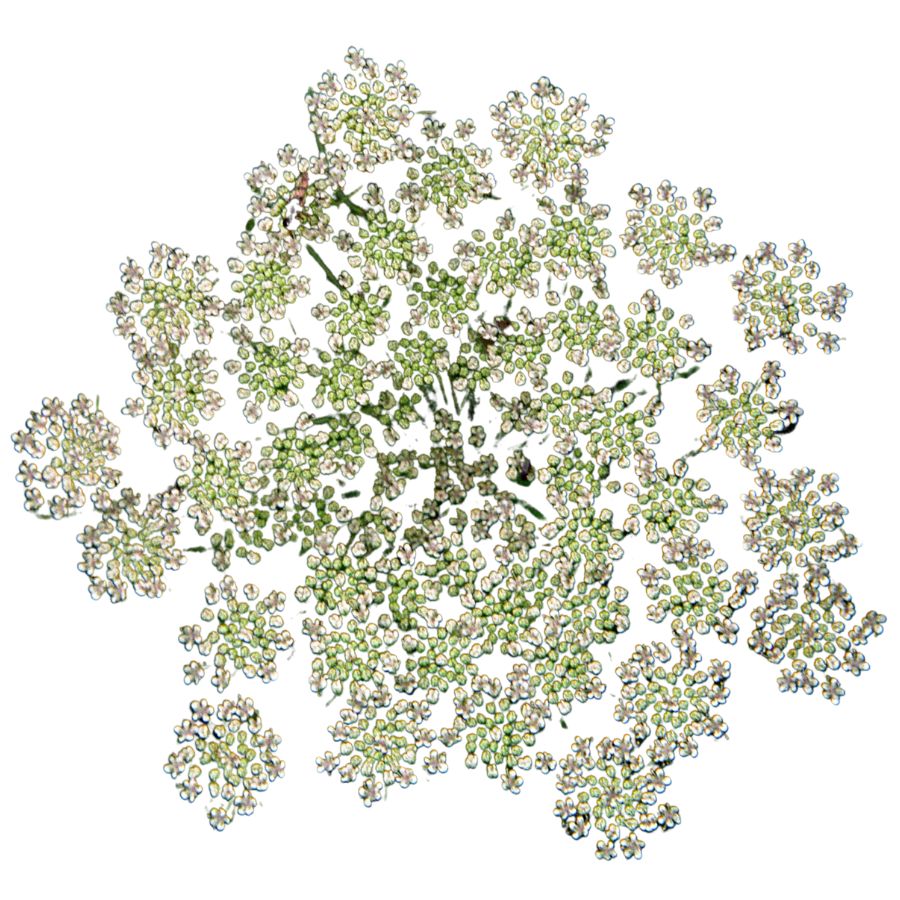
Often mistaken for: Wild parsnip (Pastinaca sativa) or wild celery (Apium spp.)
Water hemlock is a tall, branching plant with umbrella-shaped clusters of small white flowers. It grows in wet places like stream banks, marshes, and ditches, with stems that often show purple streaks or spots.
It can be confused with wild parsnip or wild celery, but its thick, hollow roots have internal chambers and release a yellow, foul-smelling sap when cut. Water hemlock is the most toxic plant in North America, and just a small amount can cause seizures, respiratory failure, and death.
False Hellebore (Veratrum viride)
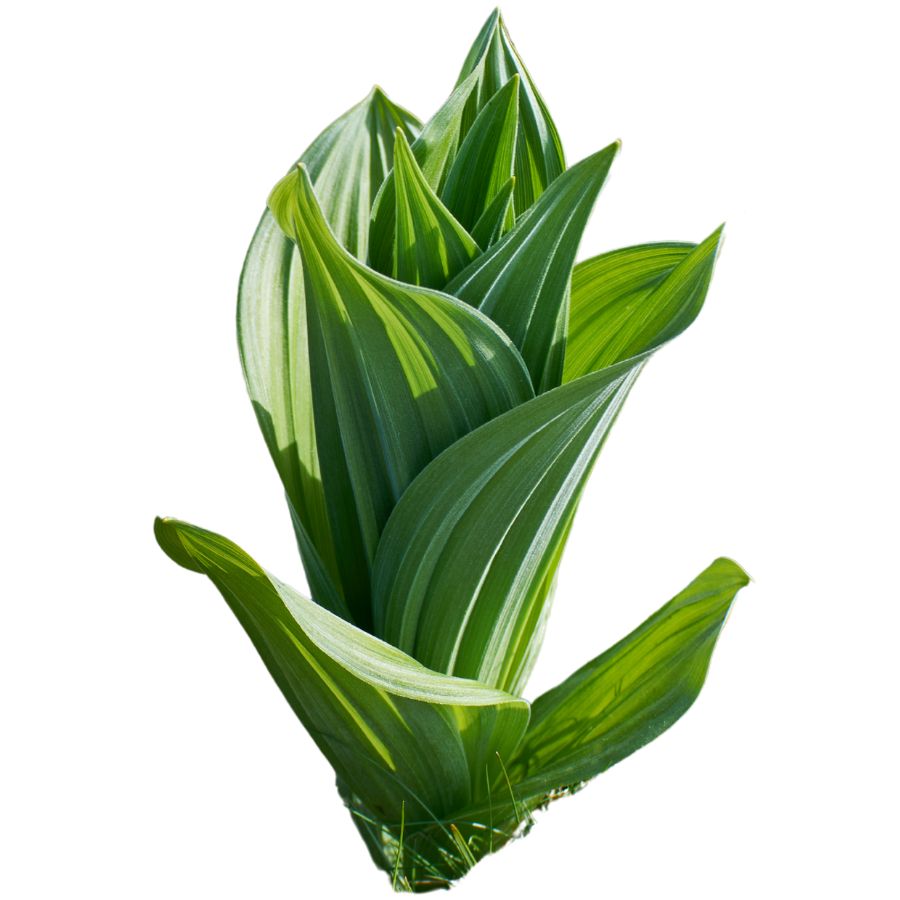
Often mistaken for: Ramps (Allium tricoccum)
False hellebore is a tall plant with broad, pleated green leaves that grow in a spiral from the base, often appearing early in spring. It grows in moist woods, meadows, and along streams.
It’s commonly mistaken for ramps, but ramps have a strong onion or garlic smell, while false hellebore is odorless and later grows a tall flower stalk. The plant is highly toxic, and eating any part can cause nausea, a slowed heart rate, and even death due to its alkaloids that affect the nervous and cardiovascular systems.
Death Camas (Zigadenus spp.)
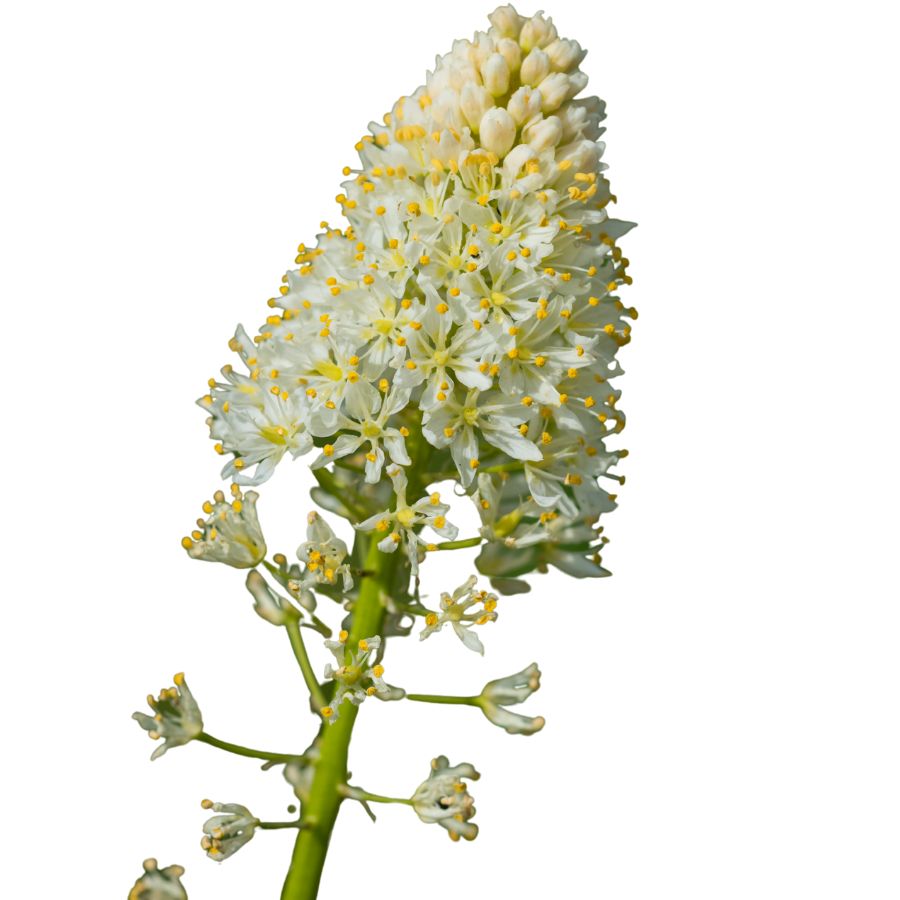
Often mistaken for: Wild onion or wild garlic (Allium spp.)
Death camas is a slender, grass-like plant that grows from underground bulbs and is found in open woods, meadows, and grassy hillsides. It has small, cream-colored flowers in loose clusters atop a tall stalk.
It’s often confused with wild onion or wild garlic due to their similar narrow leaves and habitats, but only Allium plants have a strong onion or garlic scent, while death camas has none. The plant is extremely poisonous, especially the bulbs, and even a small amount can cause nausea, vomiting, a slowed heartbeat, and potentially fatal respiratory failure.
Buckthorn Berries (Rhamnus spp.)
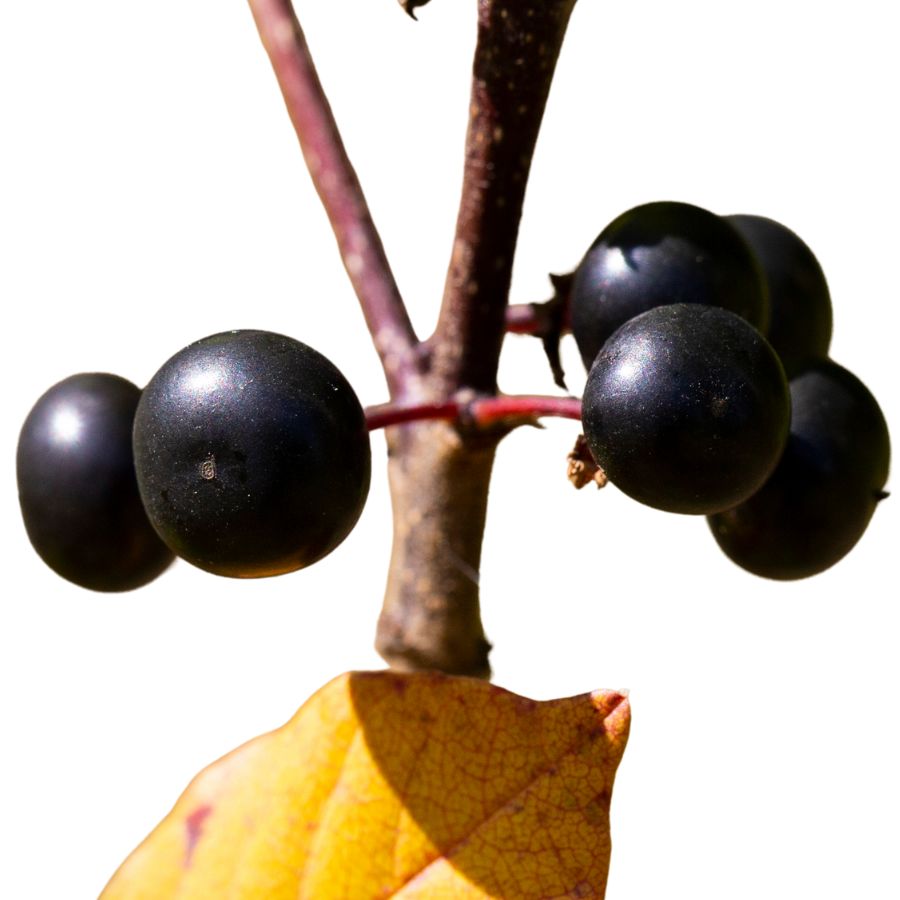
Often mistaken for: Elderberries (Sambucus spp.)
Buckthorn is a shrub or small tree often found along woodland edges, roadsides, and disturbed areas. It produces small, round berries that ripen to dark purple or black and usually grow in loose clusters.
These berries are sometimes mistaken for elderberries and other wild fruits, which also grow in dark clusters, but elderberries form flat-topped clusters on reddish stems while buckthorn berries are more scattered. Buckthorn berries are unsafe to eat as they contain compounds that can cause cramping, vomiting, and diarrhea, and large amounts may lead to dehydration and serious digestive problems.
Mayapple (Podophyllum peltatum)
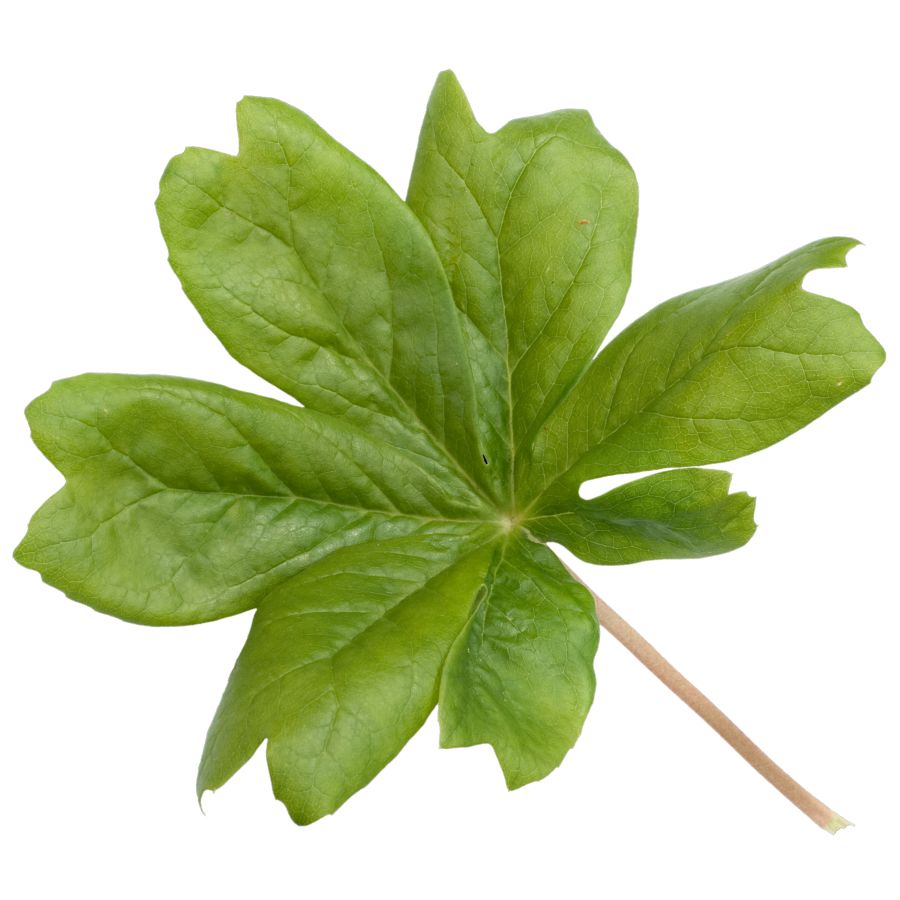
Often mistaken for: Wild grapes (Vitis spp.)
Mayapple is a low-growing plant found in shady forests and woodland clearings. It has large, umbrella-like leaves and produces a single pale fruit hidden beneath the foliage.
The unripe fruit resembles a small green grape, causing confusion with wild grapes, which grow in woody clusters on vines. All parts of the mayapple are toxic except the fully ripe, yellow fruit, which is only safe in small amounts. Eating unripe fruit or other parts can lead to nausea, vomiting, and severe dehydration.
Virginia Creeper (Parthenocissus quinquefolia)
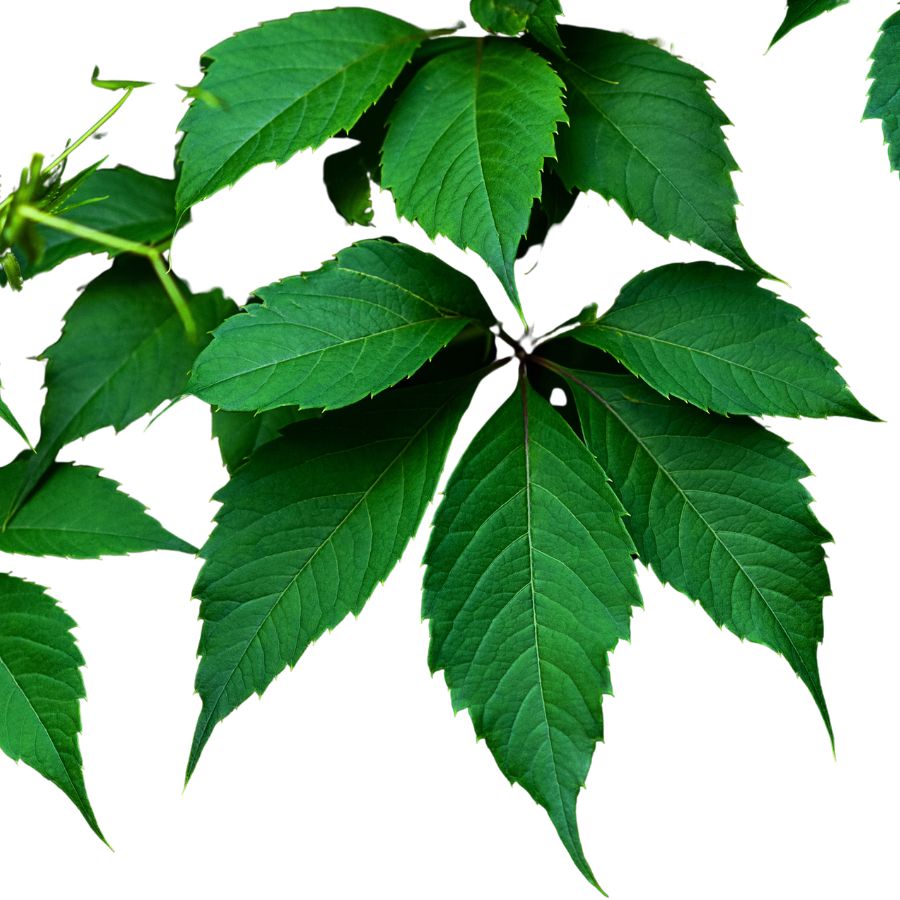
Often mistaken for: Wild grapes (Vitis spp.)
Virginia creeper is a fast-growing vine found on fences, trees, and forest edges. It has five leaflets per stem and produces small, bluish-purple berries from late summer to fall.
It’s often confused with wild grapes since both are climbing vines with similar berries, but grapevines have large, lobed single leaves and tighter fruit clusters. Virginia creeper’s berries are toxic to humans and contain oxalate crystals that can cause nausea, vomiting, and throat irritation.
Castor Bean (Ricinus communis)
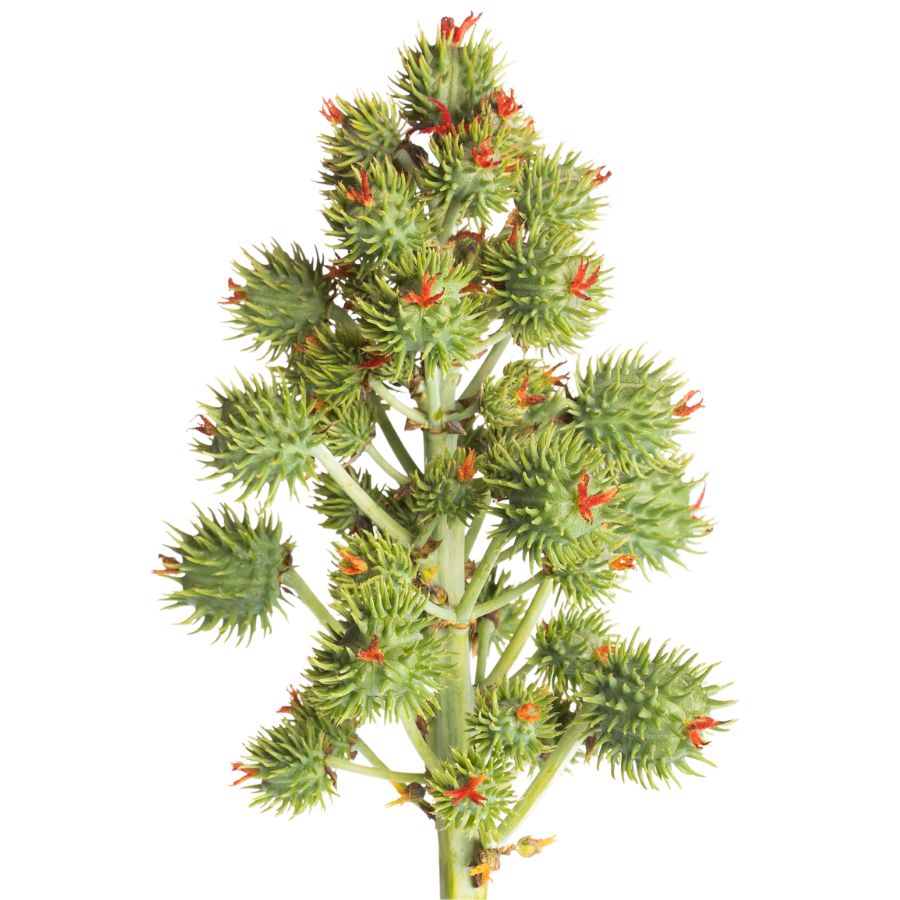
Often mistaken for: Wild rhubarb (Rumex spp. or Rheum spp.)
Castor bean is a bold plant with large, lobed leaves and tall red or green stalks, often found in gardens, along roadsides, and in disturbed areas in warmer regions in the US. Its red-tinged stems and overall size can resemble wild rhubarb to the untrained eye.
Unlike rhubarb, castor bean plants produce spiny seed pods containing glossy, mottled seeds that are extremely toxic. These seeds contain ricin, a deadly compound even in small amounts. While all parts of the plant are toxic, the seeds are especially dangerous and should never be handled or ingested.
A Quick Reminder
Before we get into the specifics about where and how to find these mushrooms, we want to be clear that before ingesting any wild mushroom, it should be identified with 100% certainty as edible by someone qualified and experienced in mushroom identification, such as a professional mycologist or an expert forager. Misidentification of mushrooms can lead to serious illness or death.
All mushrooms have the potential to cause severe adverse reactions in certain individuals, even death. If you are consuming mushrooms, it is crucial to cook them thoroughly and properly and only eat a small portion to test for personal tolerance. Some people may have allergies or sensitivities to specific mushrooms, even if they are considered safe for others.
The information provided in this article is for general informational and educational purposes only. Foraging for wild mushrooms involves inherent risks.
How to Get the Best Results Foraging
Safety should always come first when it comes to foraging. Whether you’re in a rural forest or a suburban greenbelt, knowing how to harvest wild foods properly is a key part of staying safe and respectful in the field.
Always Confirm Plant ID Before You Harvest Anything
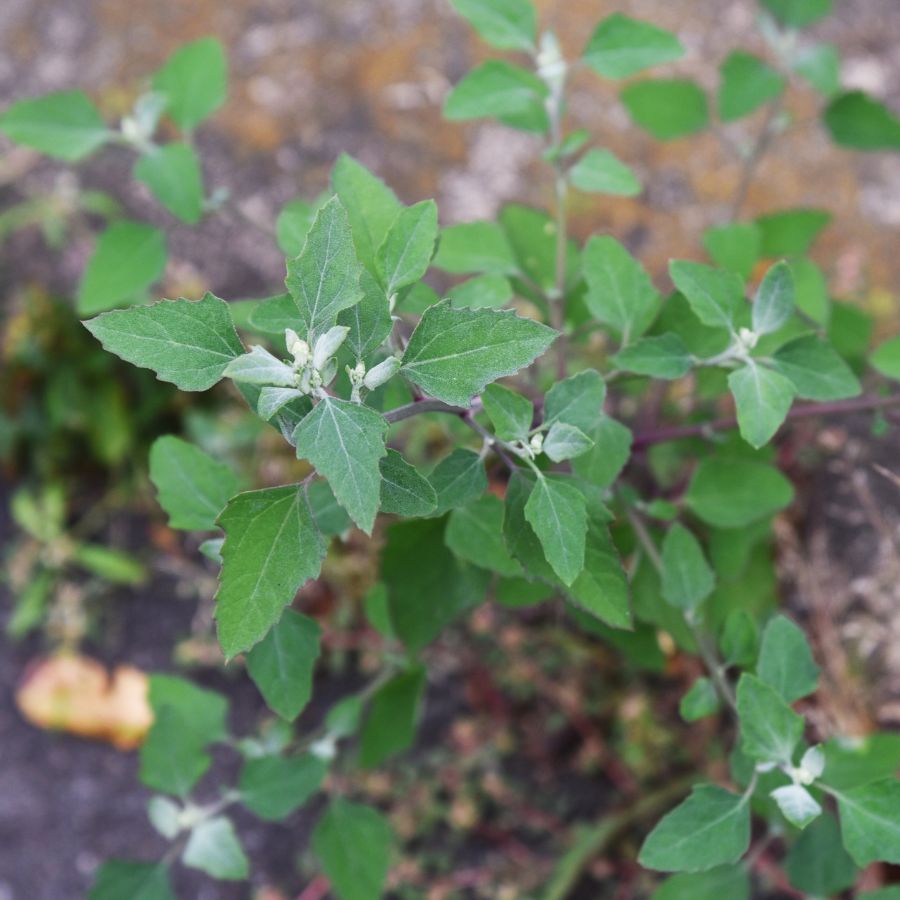
Knowing exactly what you’re picking is the most important part of safe foraging. Some edible plants have nearly identical toxic lookalikes, and a wrong guess can make you seriously sick.
Use more than one reliable source to confirm your ID, like field guides, apps, and trusted websites. Pay close attention to small details. Things like leaf shape, stem texture, and how the flowers or fruits are arranged all matter.
Not All Edible Plants Are Safe to Eat Whole
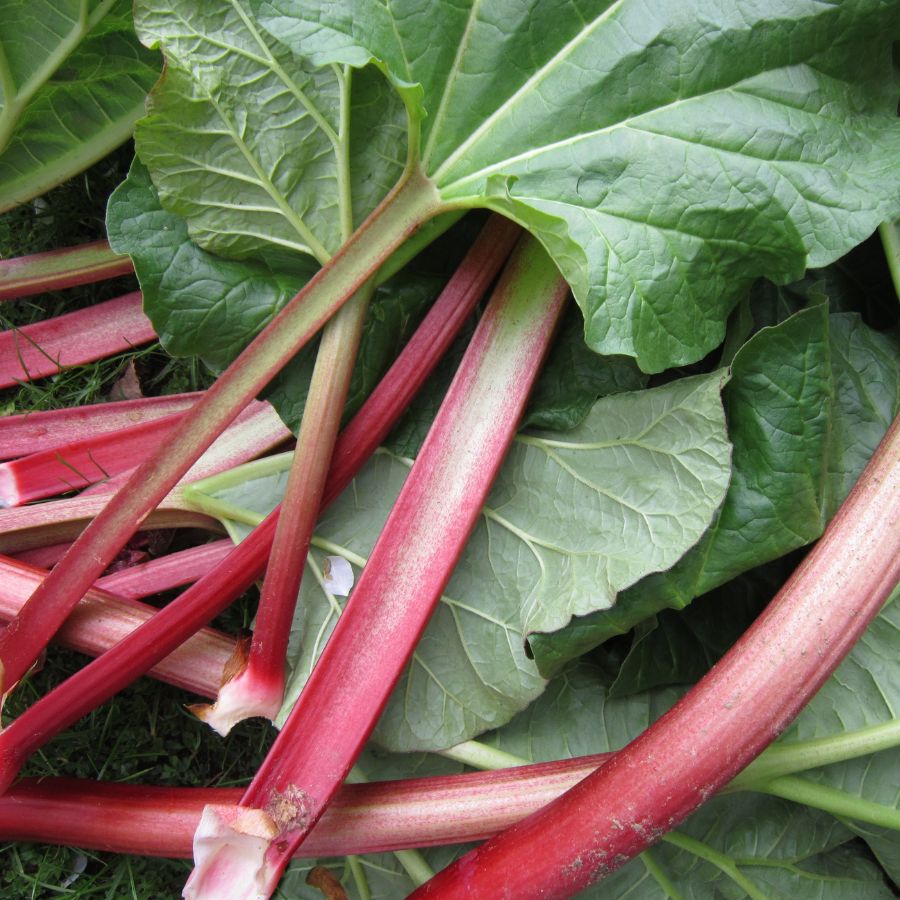
Just because a plant is edible doesn’t mean every part of it is safe. Some plants have leaves, stems, or seeds that can be toxic if eaten raw or prepared the wrong way.
For example, pokeweed is only safe when young and properly cooked, while elderberries need to be heated before eating. Rhubarb stems are fine, but the leaves are poisonous. Always look up which parts are edible and how they should be handled.
Avoid Foraging in Polluted or Contaminated Areas
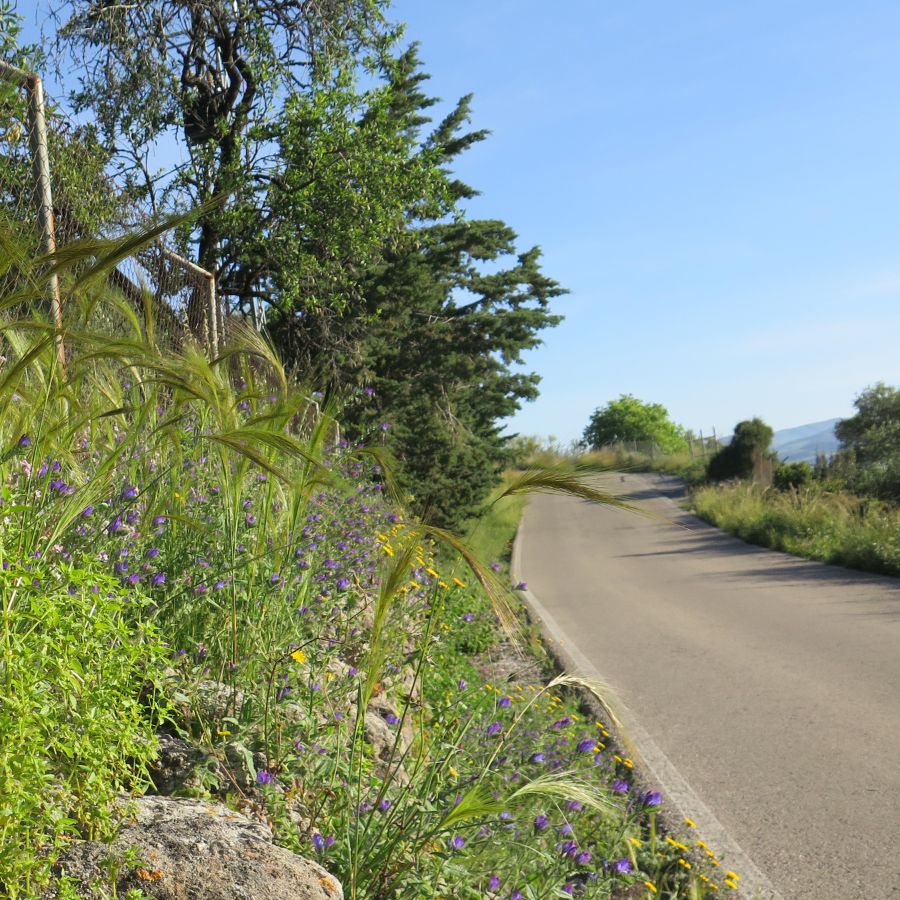
Where you forage matters just as much as what you pick. Plants growing near roads, buildings, or farmland might be coated in chemicals or growing in polluted soil.
Even safe plants can take in harmful substances from the air, water, or ground. Stick to clean, natural areas like forests, local parks that allow foraging, or your own yard when possible.
Don’t Harvest More Than What You Need
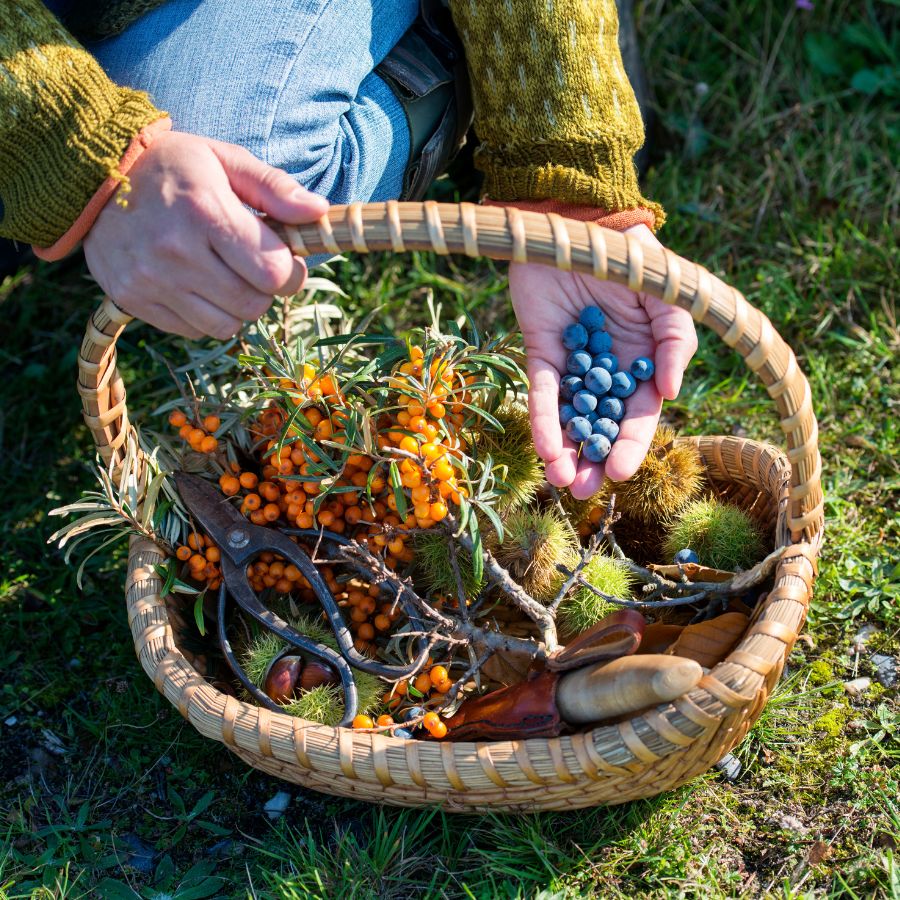
When you forage, take only what you plan to use. Overharvesting can hurt local plant populations and reduce future growth in that area.
Leaving plenty behind helps plants reproduce and supports wildlife that depends on them. It also ensures other foragers have a chance to enjoy the same resources.
Protect Yourself and Your Finds with Proper Foraging Gear

Having the right tools makes foraging easier and safer. Gloves protect your hands from irritants like stinging nettle, and a good knife or scissors lets you harvest cleanly without damaging the plant.
Use a basket or breathable bag to carry what you collect. Plastic bags hold too much moisture and can cause your greens to spoil before you get home.
This forager’s toolkit covers the essentials for any level of experience.
Watch for Allergic Reactions When Trying New Wild Foods

Even if a wild plant is safe to eat, your body might react to it in unexpected ways. It’s best to try a small amount first and wait to see how you feel.
Be extra careful with kids or anyone who has allergies. A plant that’s harmless for one person could cause a reaction in someone else.
Check Local Rules Before Foraging on Any Land
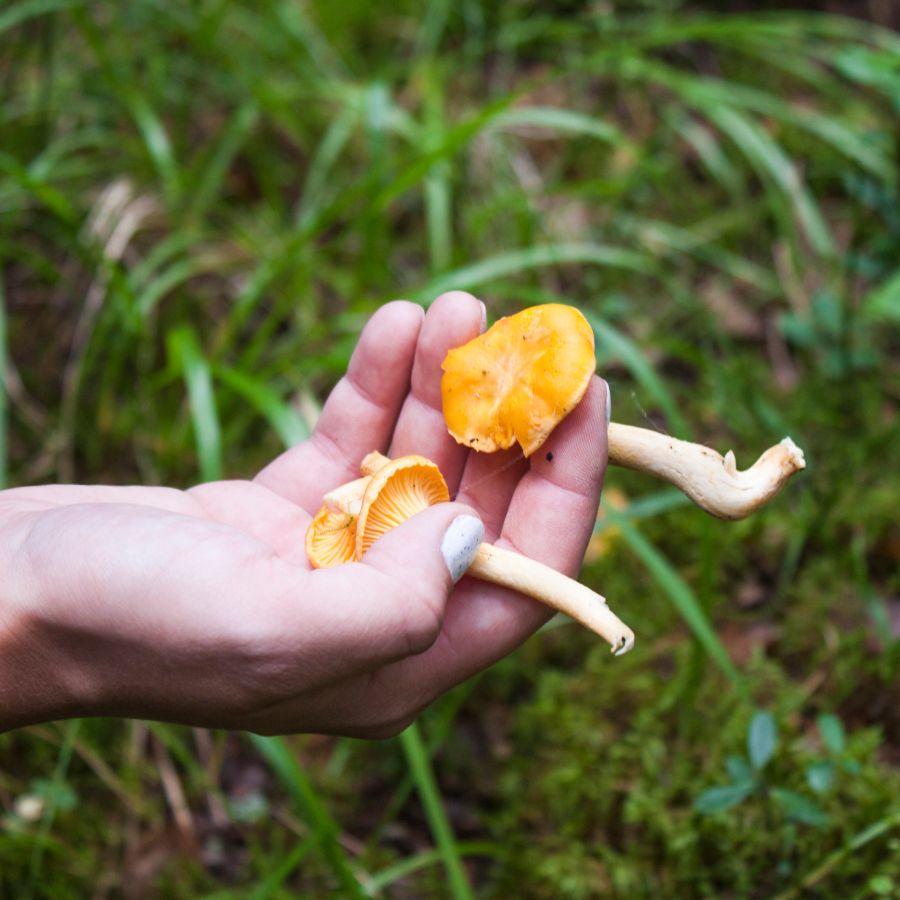
Before you start foraging, make sure you know the rules for the area you’re in. What’s allowed in one spot might be completely off-limits just a few miles away.
Some public lands permit limited foraging, while others, like national parks, usually don’t allow it at all. If you’re on private property, always get permission first.
Before you head out
Before embarking on any foraging activities, it is essential to understand and follow local laws and guidelines. Always confirm that you have permission to access any land and obtain permission from landowners if you are foraging on private property. Trespassing or foraging without permission is illegal and disrespectful.
For public lands, familiarize yourself with the foraging regulations, as some areas may restrict or prohibit the collection of mushrooms or other wild foods. These regulations and laws are frequently changing so always verify them before heading out to hunt. What we have listed below may be out of date and inaccurate as a result.
Where to Find Forageables in the State
There is a range of foraging spots where edible plants grow naturally and often in abundance:
| Plant | Locations |
| Curly Dock (Rumex crispus) | – Camas Prairie Centennial Marsh WMA – Clearwater National Forest – Boise River Greenbelt |
| Yellow Salsify (Tragopogon dubius) | – Snake River Birds of Prey National Conservation Area – City of Rocks National Reserve – Bruneau Sand Dunes State Park |
| Field Pennycress (Thlaspi arvense) | – Sawtooth National Forest – Harriman State Park – Teton Valley Trailheads |
| Gooseberry (Ribes oxyacanthoides) | – Selway-Bitterroot Wilderness – Payette National Forest – Big Hole Mountains |
| Purslane (Portulaca oleracea) | – Idaho Falls Greenbelt – Lake Cascade State Park – Fort Boise Wildlife Management Area |
| Alfalfa (Medicago sativa) | – Snake River Plain (public land edges) – Market Lake WMA – Weiser River Trail |
| Licorice Fern (Polypodium glycyrrhiza) | – North Fork Clearwater River corridor – St. Joe National Forest – Dworshak State Park |
| Dandelion (Taraxacum officinale) | – Farragut State Park – Priest Lake State Park – Kelly Canyon Ski Area trails |
| Nodding Onion (Allium cernuum) | – Hells Canyon National Recreation Area – Craters of the Moon NM & Preserve – Lemhi Range foothills |
| Chicory (Cichorium intybus) | – Owyhee Uplands Backcountry Byway – Deer Flat National Wildlife Refuge – Trail of the Coeur d’Alenes |
| Fireweed (Chamerion angustifolium) | – Caribou-Targhee National Forest – Ponderosa State Park – Gospel Hump Wilderness |
| Oregon Grape (Mahonia repens) | – Frank Church–River of No Return Wilderness – Bannock Pass region – Pioneer Mountains |
| Evening Primrose (Oenothera biennis) | – Sand Creek WMA – Mud Lake WMA – Boise Foothills trails |
| Wild Parsnip (Pastinaca sativa) | – Portneuf River corridor – Upper Snake River WMA – Kootenai National Wildlife Refuge |
| Chokecherry (Prunus virginiana) | – Henrys Lake State Park – Nez Perce-Clearwater National Forests – Salmon River Scenic Byway |
| Mountain Sorrel (Rumex acetosa) | – Cabinet Mountains – Boulder Mountains – White Cloud Peaks |
| Black Huckleberry (Vaccinium membranaceum) | – St. Joe River area – Selkirk Mountains – Lolo Pass region |
| Wild Strawberry (Fragaria virginiana) | – McCroskey State Park – Smoky Mountains near Ketchum – Lochsa River corridor |
| Mallow (Malva neglecta) | – Payette Greenbelt – Jerome City Park – Minidoka National Wildlife Refuge |
| Wild Mint (Mentha arvensis) | – Camas National Wildlife Refuge – Bear River floodplain – Middle Fork Salmon River area |
| Shepherd’s Purse (Capsella bursa-pastoris) | – Fort Hall Bottoms – Snake River Canyon Rim Trail – Julia Davis Park (Boise) |
| Plains Pricklypear Cactus (Opuntia polycantha) | – Bruneau Plateau – Owyhee Front – Craters of the Moon National Monument (lava field edges) |
| Currant (Ribes cereum) | – Lemhi Mountains – Bitterroot Mountains – Big Jacks Creek Wilderness |
| Thimbleberry (Rubus parviflorus) | – Priest River Experimental Forest – Fernan Lake Natural Area – Clearwater National Forest (Powell area) |
| Western Serviceberry (Amelanchier utahensis) | – Danskin Mountains – Hells Canyon uplands – Lake Walcott State Park |
| Red Raspberry (Rubus idaeus) | – Payette River corridor – Ponderosa Pine Scenic Byway – Weiser State Forest |
| Horseradish (Armoracia rusticana) | – Camas Prairie – Twin Falls Canal banks – Palouse Hills |
| Wild Mustard (Sinapis arvensis) | – Eastern Snake River Plain – Swan Falls area – Pioneer Scenic Byway |
| Western Dock (Rumex occidentalis) | – Lost River Range drainages – Round Lake State Park – Selway River floodplain |
| Stinging Nettle (Urtica dioica) | – Dworshak Reservoir tributaries – Winchester Lake State Park – South Fork Clearwater River |
| Wild Onion (Allium textile) | – Upper Owyhee Canyonlands – Bennett Hills – Big Lost River Valley |
| Arrowleaf Balsamroot (Balsamorhiza sagittata) | – Seven Devils Mountains – Camas National Wildlife Refuge – Soldier Mountains |
| Milkweed (Asclepias syriaca) | – Snake River corridor near Blackfoot – Market Lake Wildlife Management Area – Little Wood River valley |
| Wood Sorrel (Oxalis stricta) | – Moscow Mountain – Kelly Creek area – City Creek Trail System (Pocatello) |
| Yarrow (Achillea millefolium) | – Harriman State Park – South Hills near Twin Falls – Clark Fork Delta |
| Peppergrass (Lepidium densiflorum) | – Sandpoint shoreline – Rock Creek Canyon – BLM lands near Grangeville |
| Sunflower (Helianthus annuus) | – Snake River Birds of Prey NCA – Camas Prairie Centennial Marsh – Nez Perce National Historic Park lands |
| Burdock (Arctium minus) | – Boise River Wildlife Management Area – Lewiston Levee Parkway – Blackfoot Reservoir surroundings |
| Camas (Camassia quamash) | – Weippe Prairie – Fox Creek Campground (Targhee NF) – Meadows near Grays Lake NWR |
| Lambs Quarters (Chenopodium album) | – Hagerman Fossil Beds NM – South Fork Snake River – Magic Reservoir vicinity |
| Chokeberry (Aronia melanocarpa) | – Panhandle National Forests – Thompson Creek watershed – Coeur d’Alene River WMA |
Peak Foraging Seasons
Different edible plants grow at different times of year, depending on the season and weather. Timing your search makes all the difference.
Spring
Spring brings a fresh wave of wild edible plants as the ground thaws and new growth begins:
| Plant | Months | Best Weather Conditions |
| Curly Dock (Rumex crispus) | March–May | Cool, moist soil after spring rains |
| Licorice Fern (Polypodium glycyrrhiza) | March–May | Damp, shaded forest areas after rain |
| Dandelion (Taraxacum officinale) | March–May | Sunny days after light spring rain |
| Shepherd’s Purse (Capsella bursa-pastoris) | March–May | Cool, damp soil with light sun |
| Yellow Salsify (Tragopogon dubius) | April–May | Mild temperatures with partial sun |
| Field Pennycress (Thlaspi arvense) | April–June | Damp ground with consistent spring moisture |
| Wild Parsnip (Pastinaca sativa) | April–May | Cool, sunny weather with loose soil |
| Mountain Sorrel (Rumex acetosa) | April–May | Cloudy or overcast days with wet ground |
| Mallow (Malva neglecta) | April–May | Mild temperatures and recently disturbed soil |
| Horseradish (Armoracia rusticana) | April–May | Moist ground following spring thaw |
| Wild Mustard (Sinapis arvensis) | April–May | Mild temps with spring sun and recent rain |
| Western Dock (Rumex occidentalis) | April–May | Soft, wet ground near streams or lowlands |
| Stinging Nettle (Urtica dioica) | April–May | Shaded, damp areas after rainfall |
| Arrowleaf Balsamroot (Balsamorhiza sagittata) | April–May | Sunny slopes with dry, warming weather |
| Wood Sorrel (Oxalis stricta) | April–May | Cloudy or lightly shaded areas with moist soil |
| Camas (Camassia quamash) | April–May | Meadows with moist spring conditions |
| Yarrow (Achillea millefolium) | April–May | Partly sunny weather after light showers |
| Gooseberry (Ribes oxyacanthoides) | May | Warming temperatures and light shade |
| Nodding Onion (Allium cernuum) | May | Moist soil in open, sunlit clearings |
Summer
Summer is a peak season for foraging, with fruits, flowers, and greens growing in full force:
| Plant | Months | Best Weather Conditions |
| Gooseberry (Ribes oxyacanthoides) | June–July | Sunny mornings with cooler nights |
| Nodding Onion (Allium cernuum) | June–July | Dry heat with early morning dew |
| Wild Strawberry (Fragaria virginiana) | June–July | Sunny mornings and moderate temperatures |
| Currant (Ribes cereum) | June–July | Warm, sunny days with low humidity |
| Western Serviceberry (Amelanchier utahensis) | June–July | Full sun in dry upland zones |
| Wild Onion (Allium textile) | June–July | Dry heat in rocky, open soil |
| Purslane (Portulaca oleracea) | June–August | Hot, dry days following summer rain |
| Alfalfa (Medicago sativa) | June–August | Warm, dry weather with full sun exposure |
| Fireweed (Chamerion angustifolium) | June–August | Clear skies and full sun after wildfires or disturbance |
| Wild Mint (Mentha arvensis) | June–August | Humid mornings and partly shaded wetlands |
| Plains Pricklypear Cactus (Opuntia polycantha) | June–August | Hot, dry days in open desert terrain |
| Milkweed (Asclepias syriaca) | June–August | Sunny meadows with dry air |
| Peppergrass (Lepidium densiflorum) | June–August | Hot weather following recent rainfall |
| Lambs Quarters (Chenopodium album) | June–August | Disturbed soils under strong sunlight |
| Chicory (Cichorium intybus) | July–August | Hot sun and open disturbed areas |
| Oregon Grape (Mahonia repens) | July–August | Dry summer days with light forest shade |
| Evening Primrose (Oenothera biennis) | July–August | Warm evenings and sandy soil |
| Chokecherry (Prunus virginiana) | July–August | Hot days and ripening sun in open forests |
| Black Huckleberry (Vaccinium membranaceum) | July–August | Mountain slopes after afternoon showers |
| Thimbleberry (Rubus parviflorus) | July–August | Cool, moist forest edges and trails |
| Red Raspberry (Rubus idaeus) | July–August | Mild mornings and humid afternoons |
| Sunflower (Helianthus annuus) | July–August | Full sun with well-drained soil |
Fall
As temperatures drop, many edible plants shift underground or produce their last harvests:
| Plant | Months | Best Weather Conditions |
| Chicory (Cichorium intybus) | September | Dry, sunny afternoons and roadside edges |
| Evening Primrose (Oenothera biennis) | September | Dry and breezy fall evenings |
| Chokecherry (Prunus virginiana) | September | Crisp mornings and light forest cover |
| Mountain Sorrel (Rumex acetosa) | September | Cloudy days with soft, moist soil |
| Mallow (Malva neglecta) | September | Mild temperatures and recent ground disturbance |
| Wild Parsnip (Pastinaca sativa) | September | Cool, dry conditions before frost |
| Wild Mint (Mentha arvensis) | September | Dewy mornings and cooler stream edges |
| Western Dock (Rumex occidentalis) | September | Damp soil near fading streams |
| Stinging Nettle (Urtica dioica) | September | Moist conditions under partial shade |
| Yarrow (Achillea millefolium) | September | Mild fall days with filtered sun |
| Red Raspberry (Rubus idaeus) | September | Late-season sun with light dew in understory |
| Oregon Grape (Mahonia repens) | September–October | Cool, dry air with filtered sunlight |
| Burdock (Arctium minus) | September–October | Cool, dry days with soft earth for digging |
| Chokeberry (Aronia melanocarpa) | September–October | Crisp mornings and early frost near water edges |
Winter
Winter foraging is limited but still possible, with hardy plants and preserved growth holding on through the cold:
| Plant | Months | Best Weather Conditions |
| Licorice Fern (Polypodium glycyrrhiza) | December–February | Wet, shaded areas with light snowmelt |
| Horseradish (Armoracia rusticana) | December–February | Ground softened by freeze-thaw cycles |
| Shepherd’s Purse (Capsella bursa-pastoris) | February | Cold-tolerant, thrives in wet, thawed patches |
| Burdock (Arctium minus) | February | Snowmelt areas with exposed root zones |
| Dandelion (Taraxacum officinale) | February | Sunny breaks in late winter with thawed soil |
One Final Disclaimer
The information provided in this article is for general informational and educational purposes only. Foraging for wild plants and mushrooms involves inherent risks. Some wild plants and mushrooms are toxic and can be easily mistaken for edible varieties.
Before ingesting anything, it should be identified with 100% certainty as edible by someone qualified and experienced in mushroom and plant identification, such as a professional mycologist or an expert forager. Misidentification can lead to serious illness or death.
All mushrooms and plants have the potential to cause severe adverse reactions in certain individuals, even death. If you are consuming foraged items, it is crucial to cook them thoroughly and properly and only eat a small portion to test for personal tolerance. Some people may have allergies or sensitivities to specific mushrooms and plants, even if they are considered safe for others.
Foraged items should always be fully cooked with proper instructions to ensure they are safe to eat. Many wild mushrooms and plants contain toxins and compounds that can be harmful if ingested.

